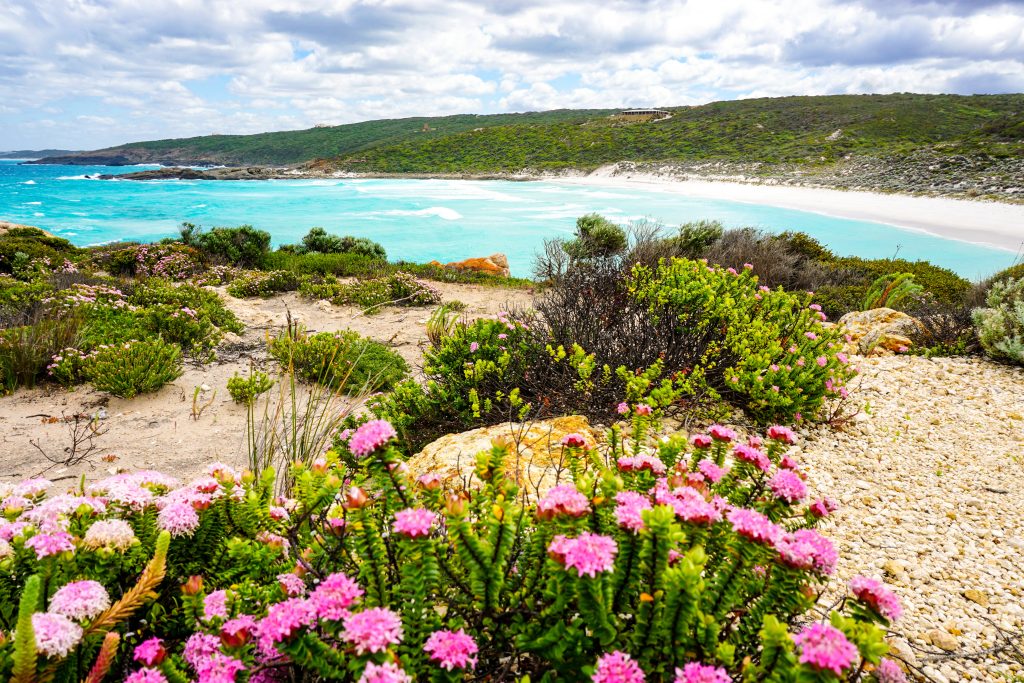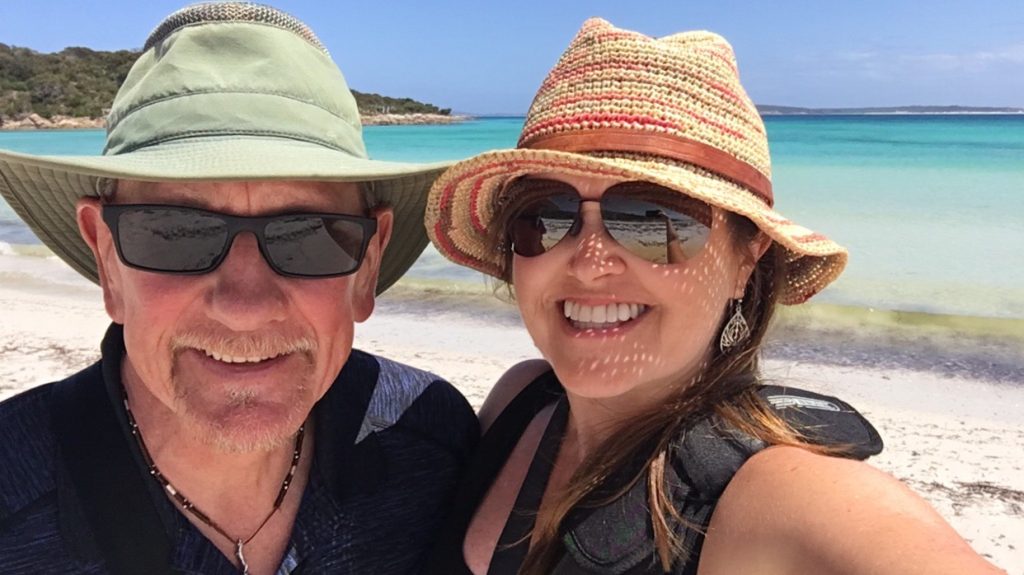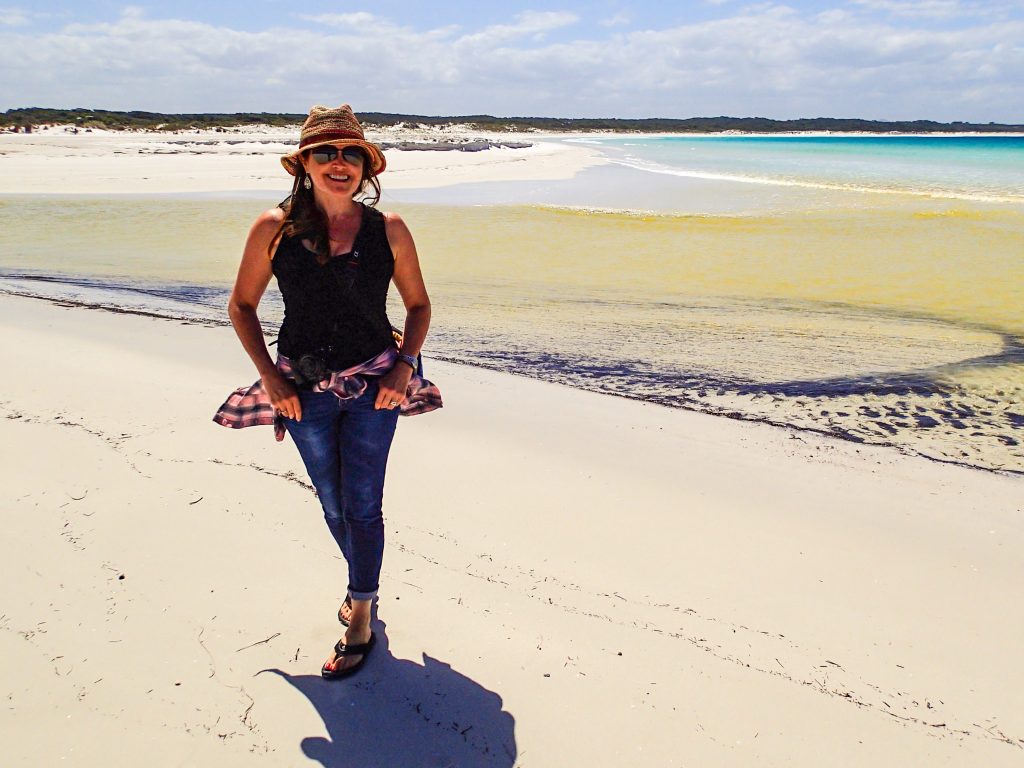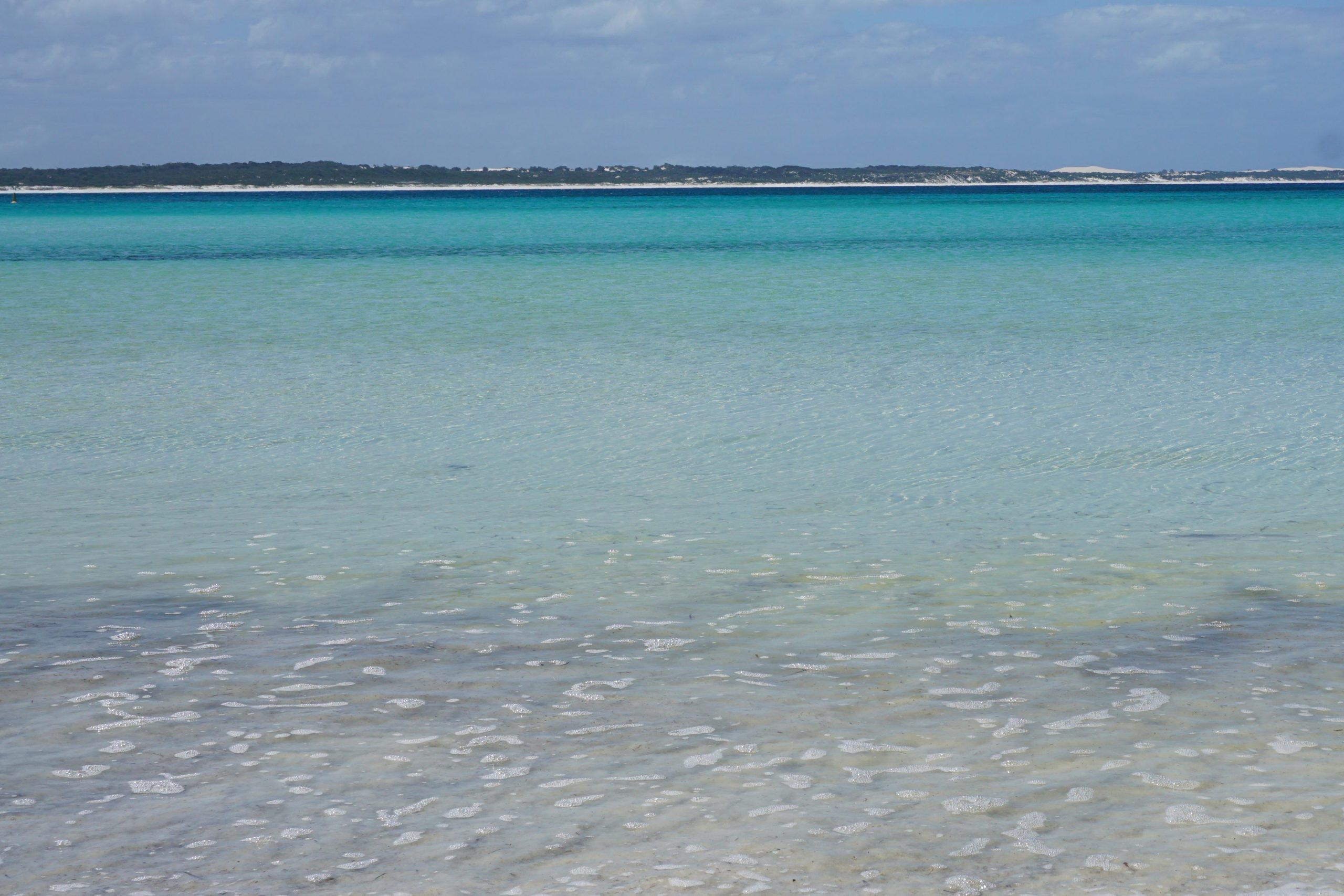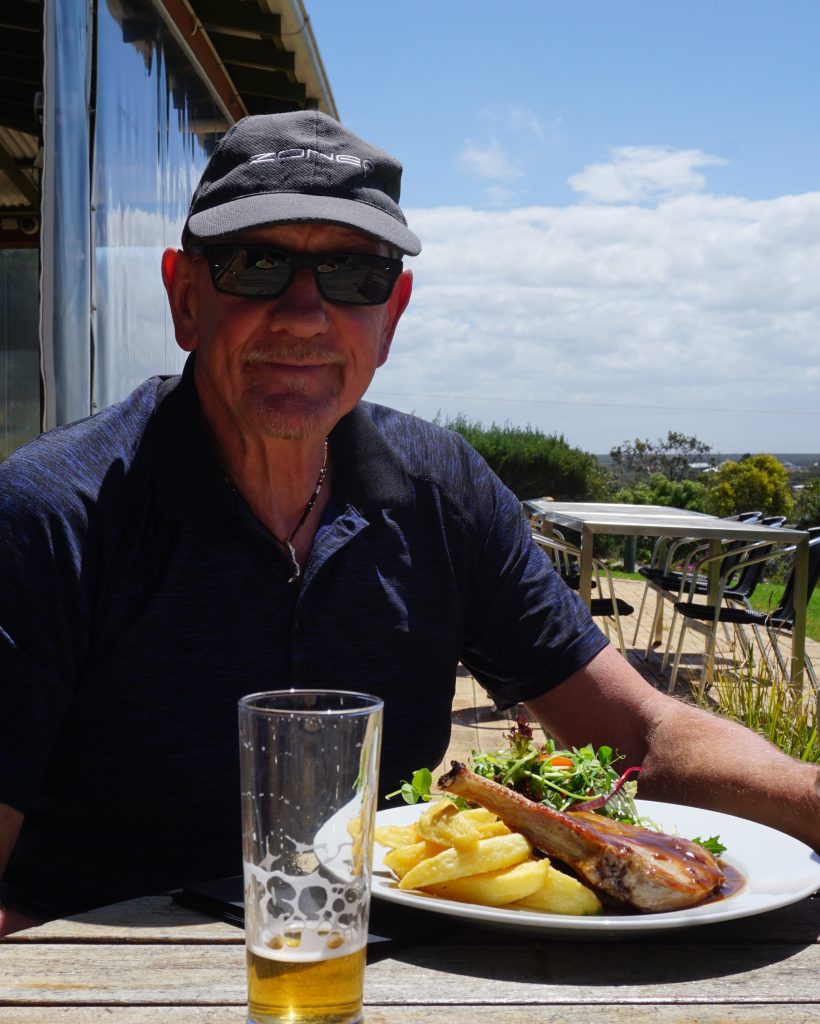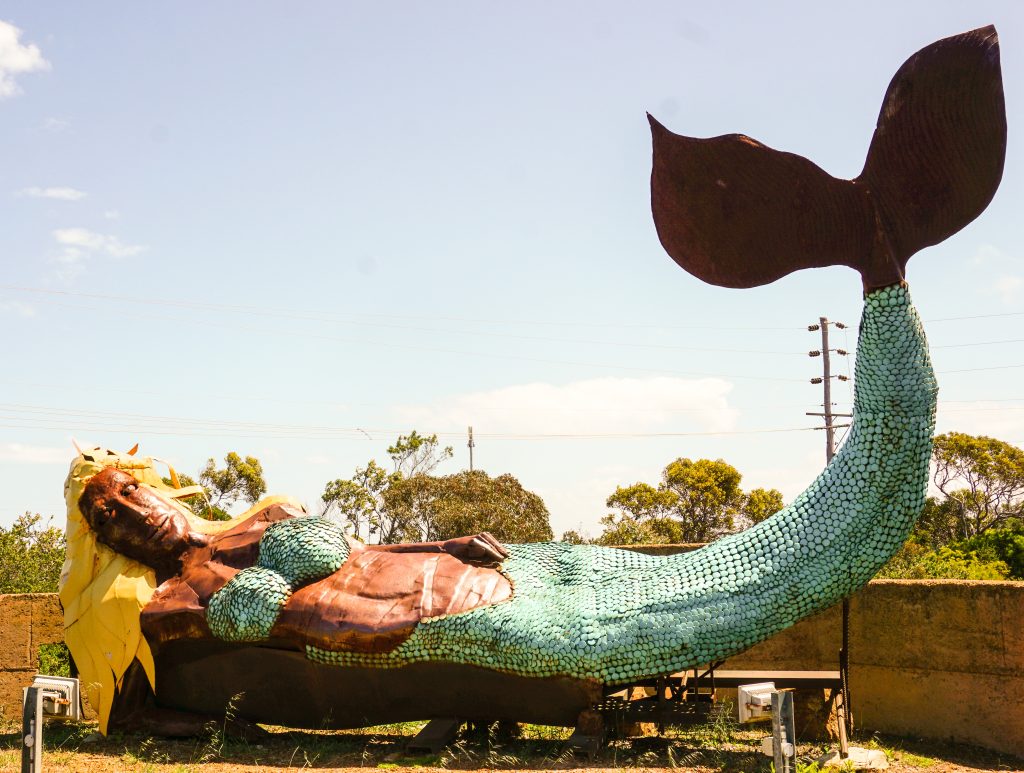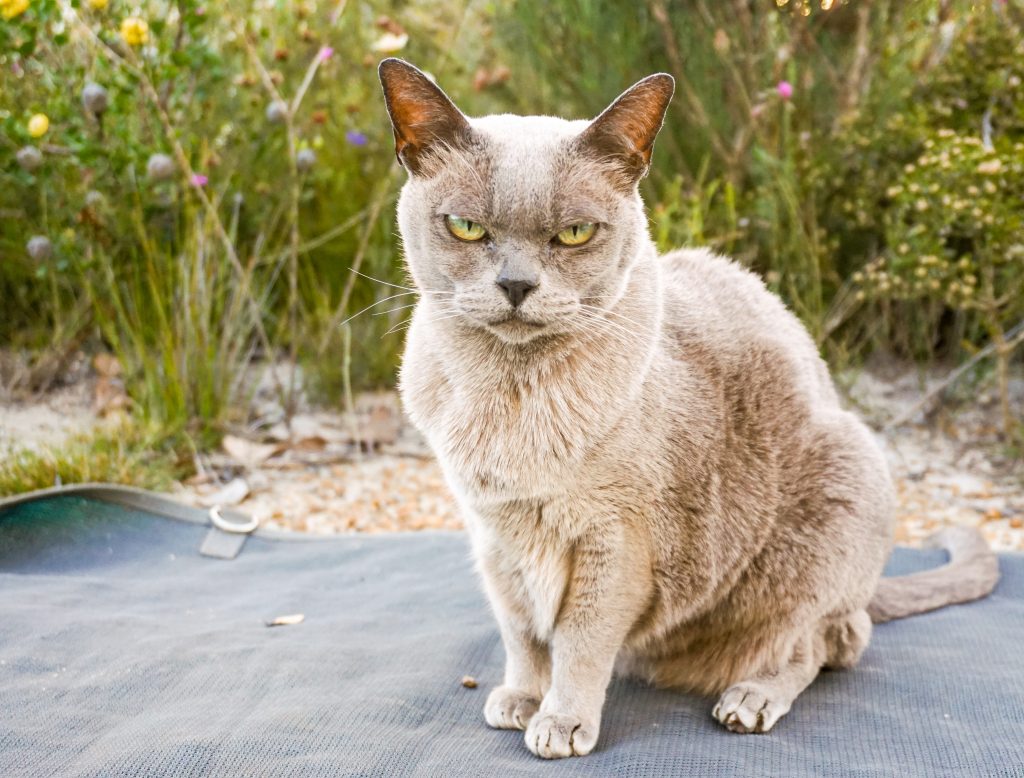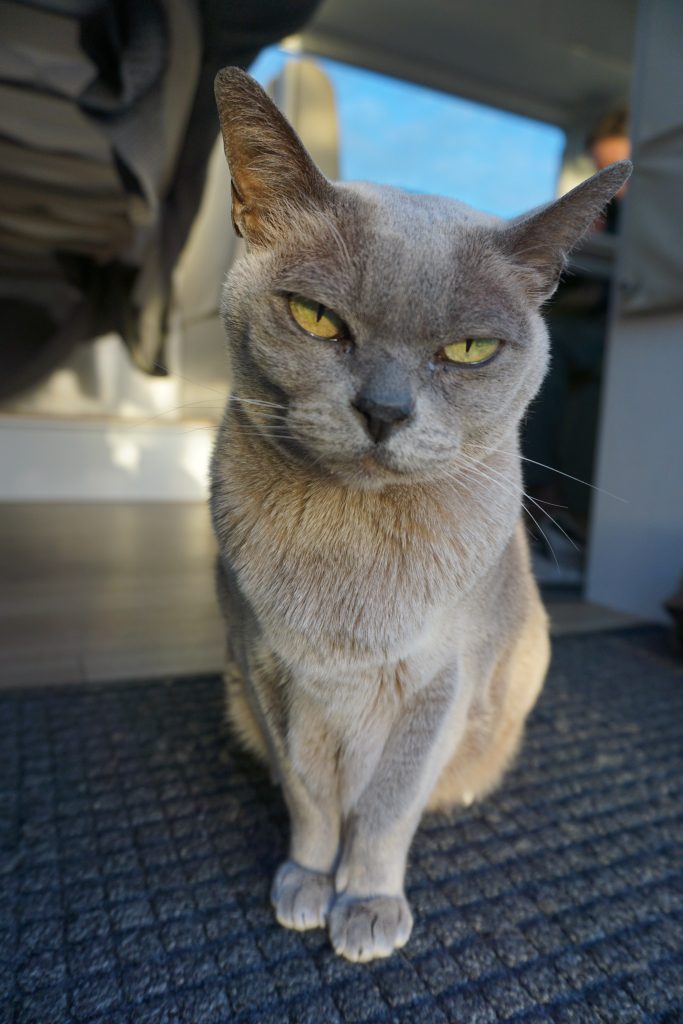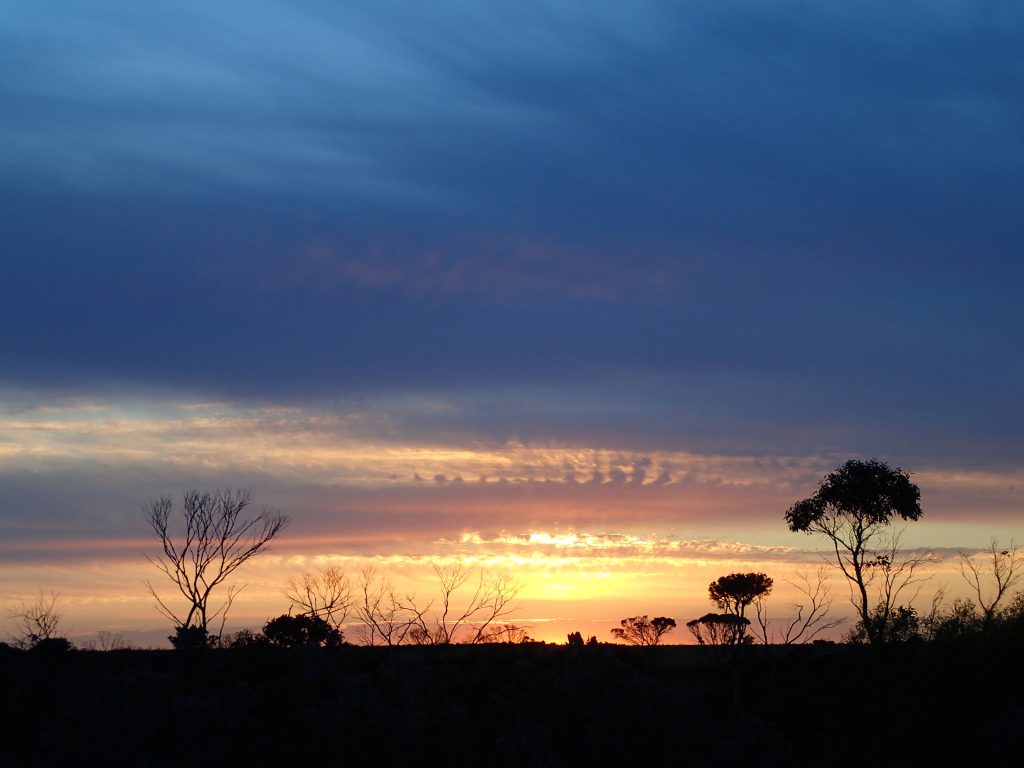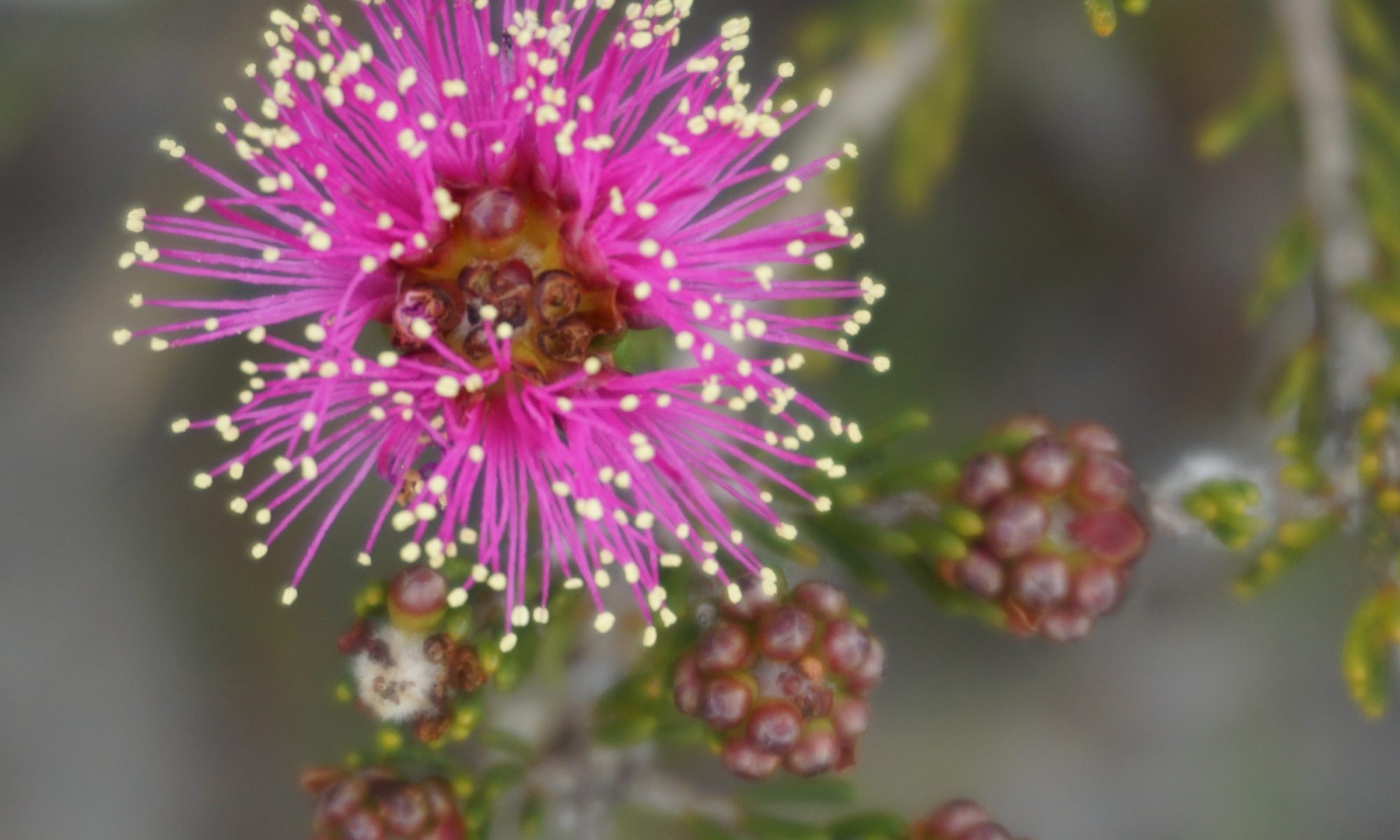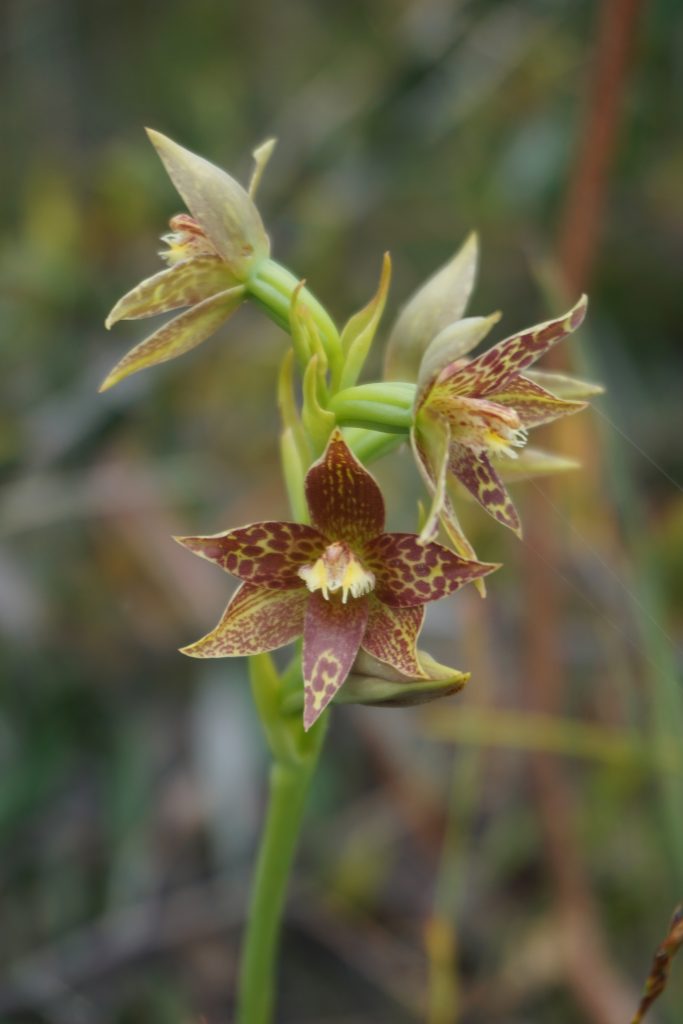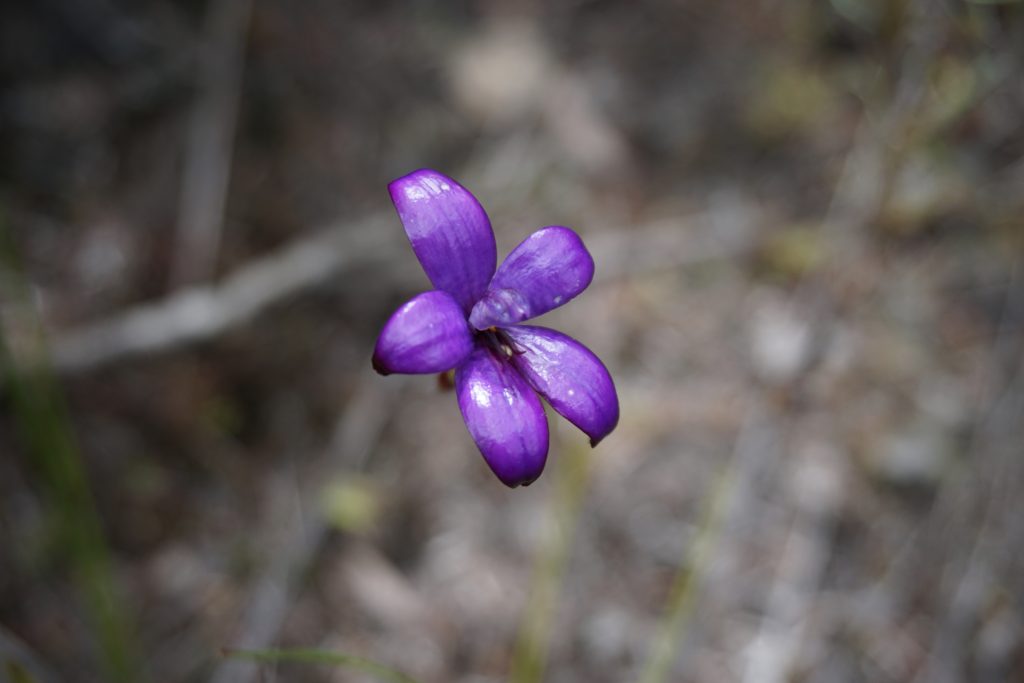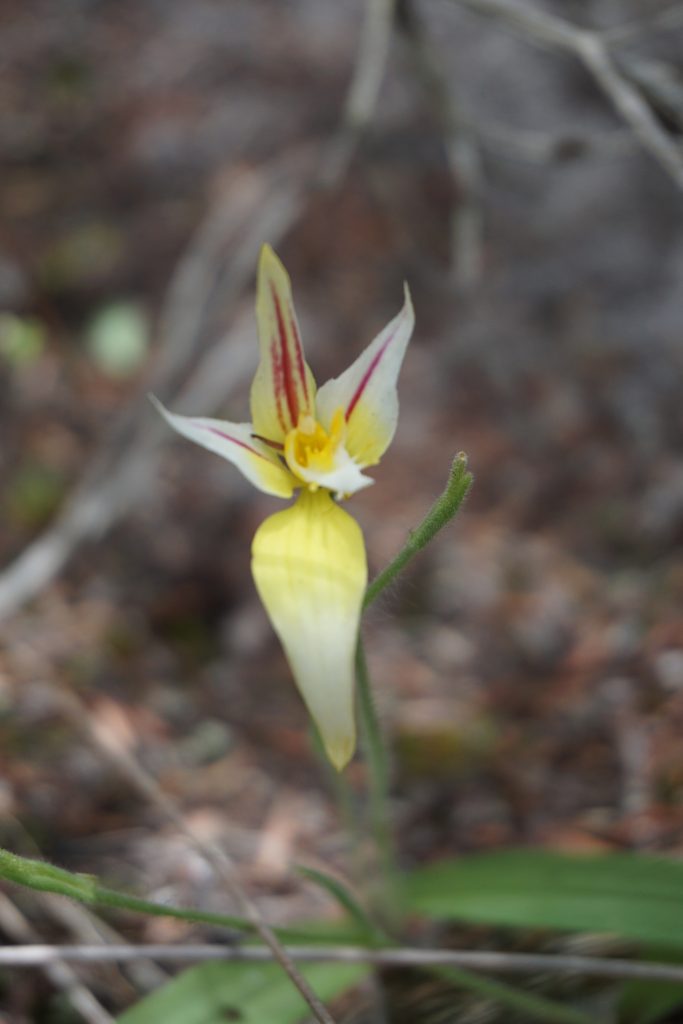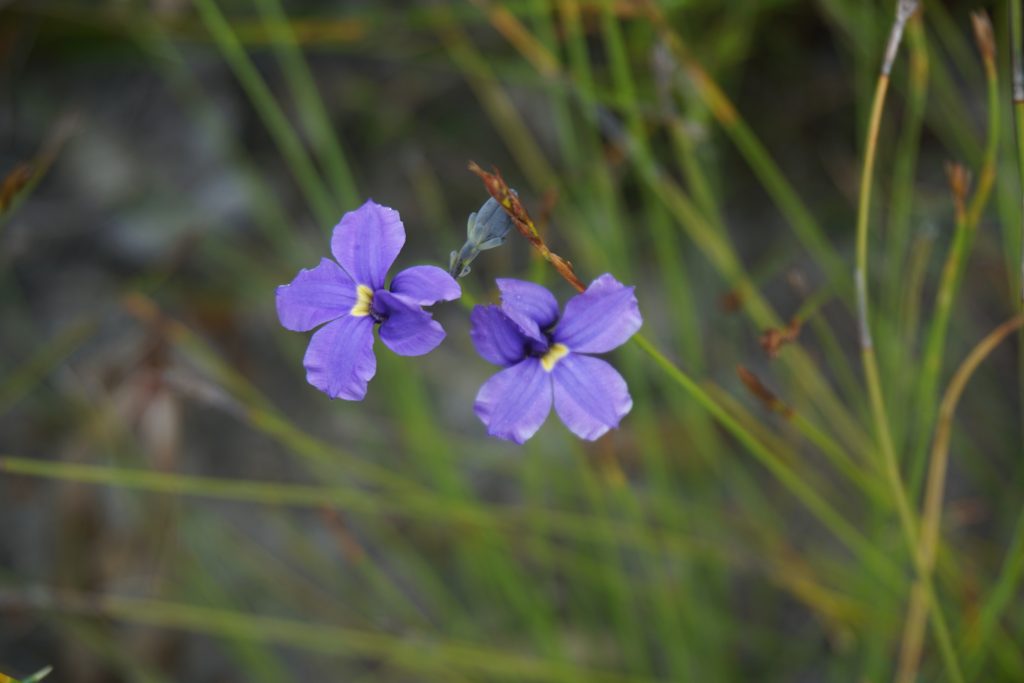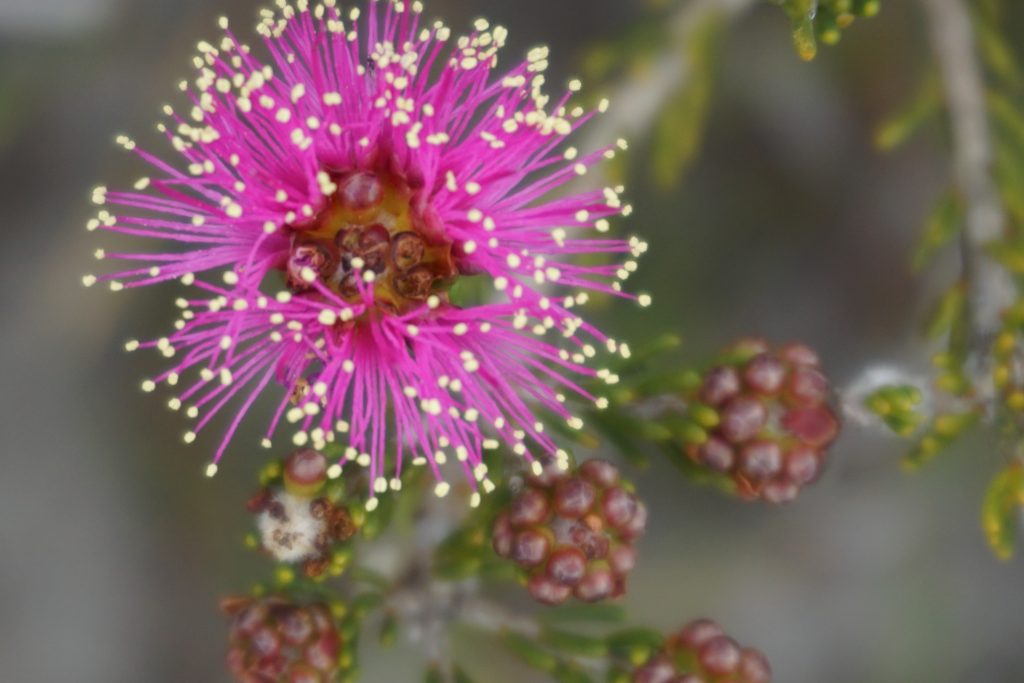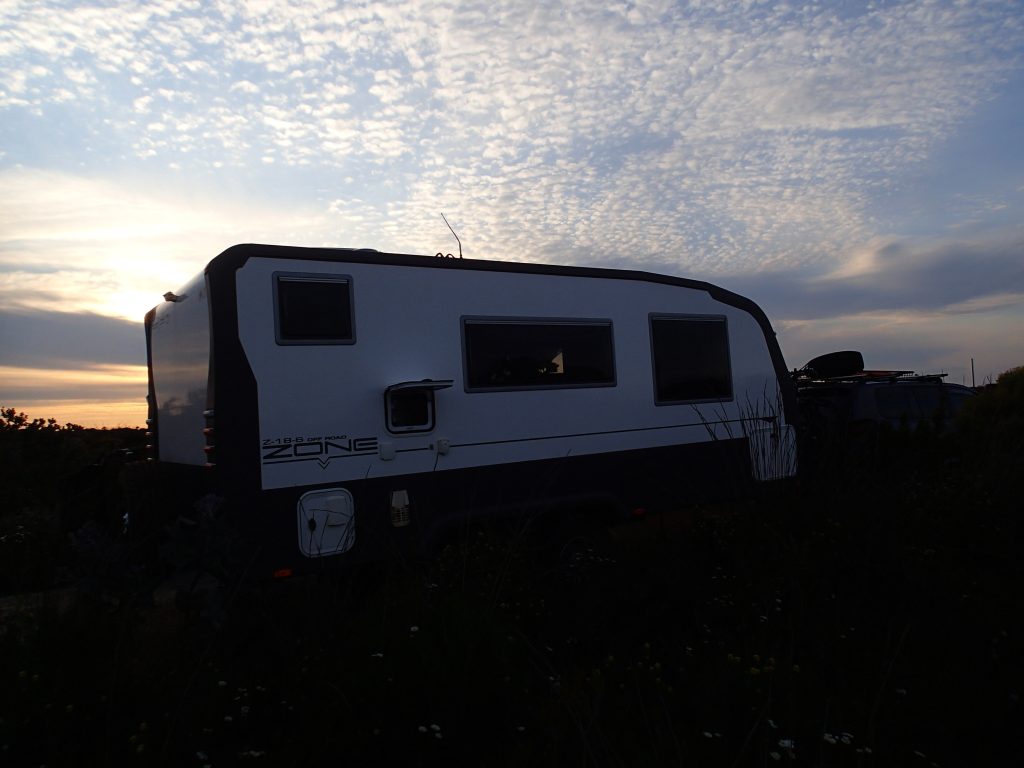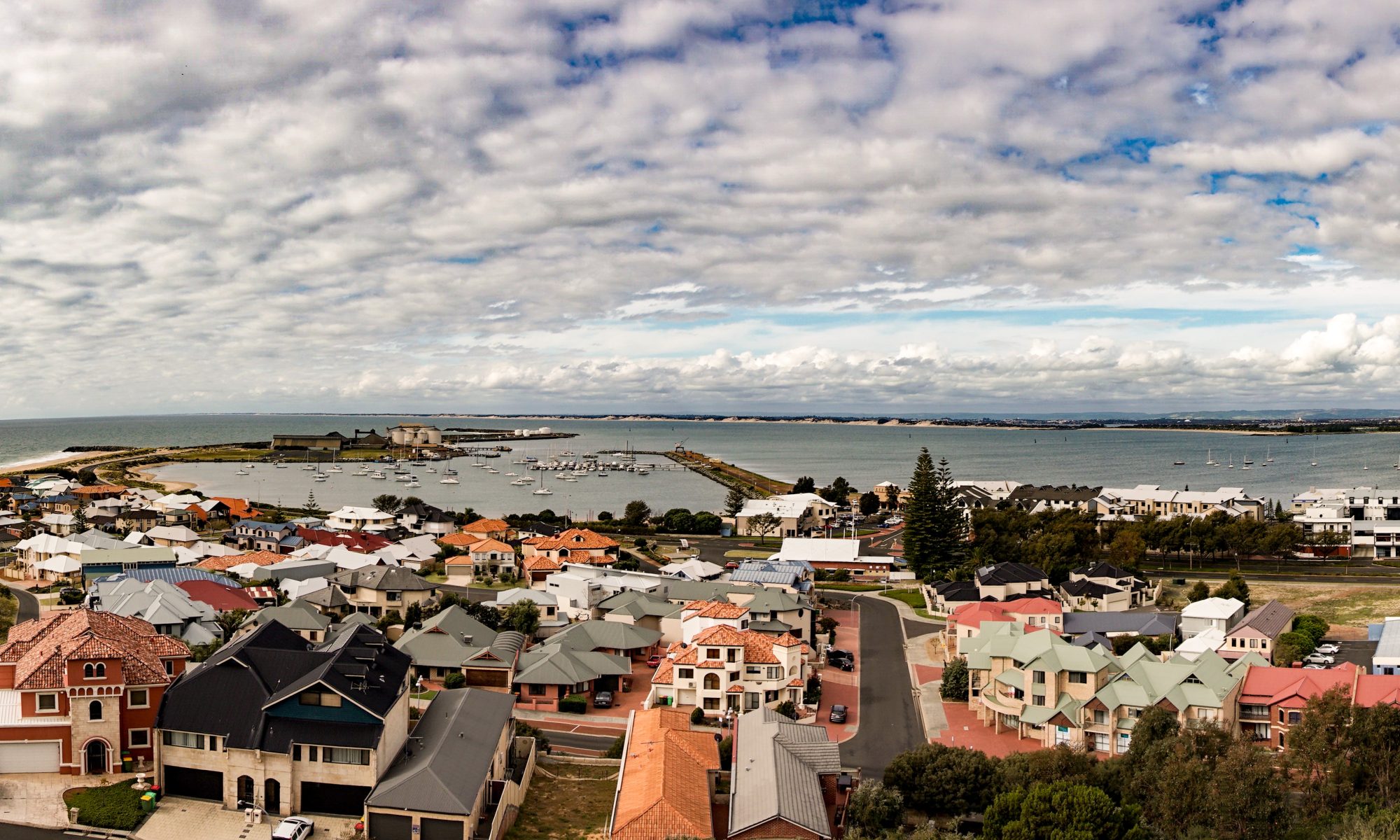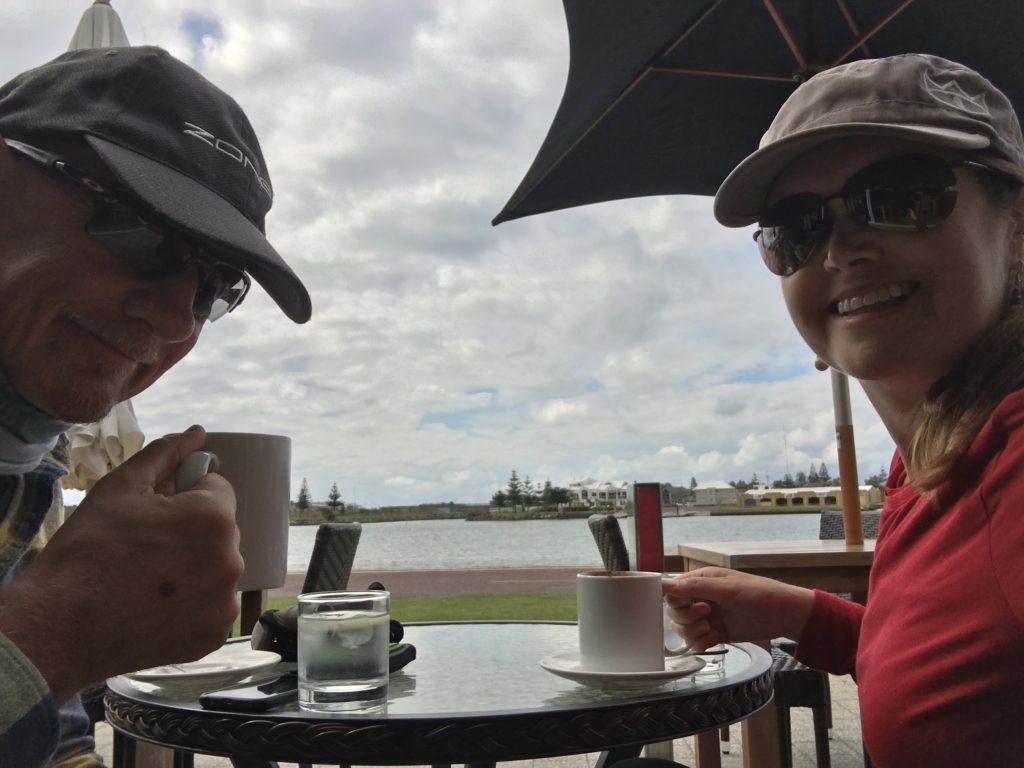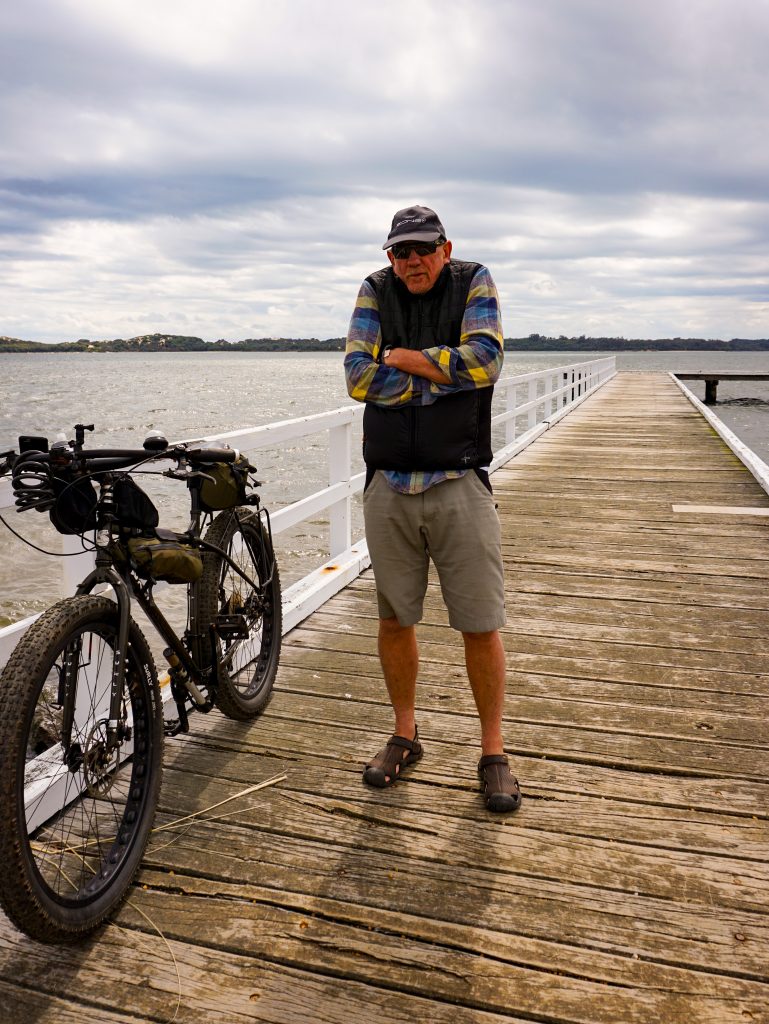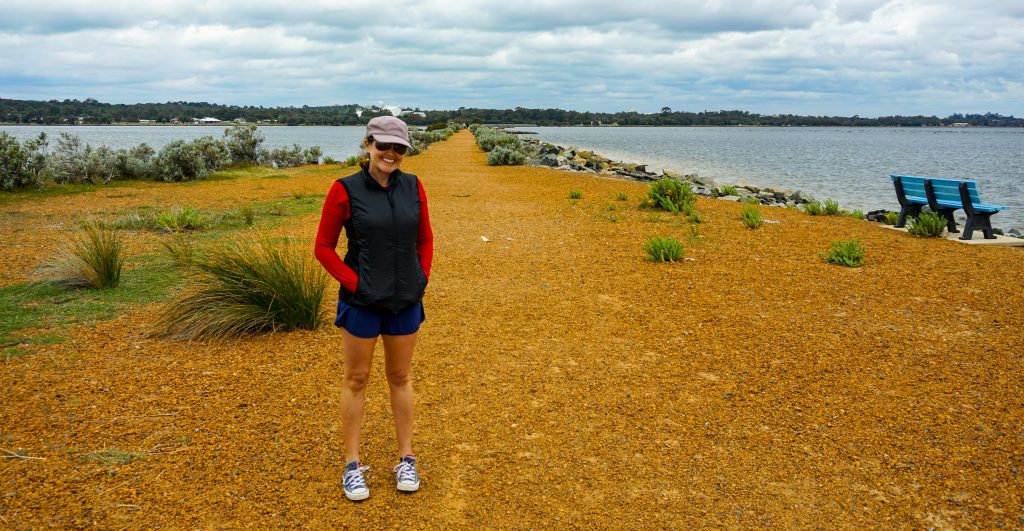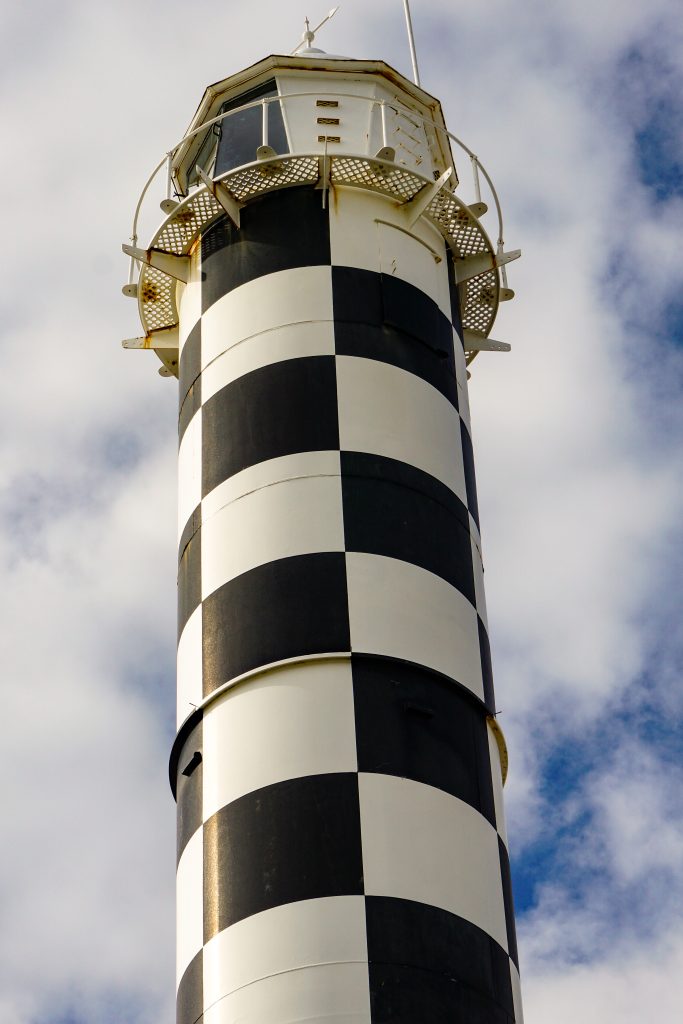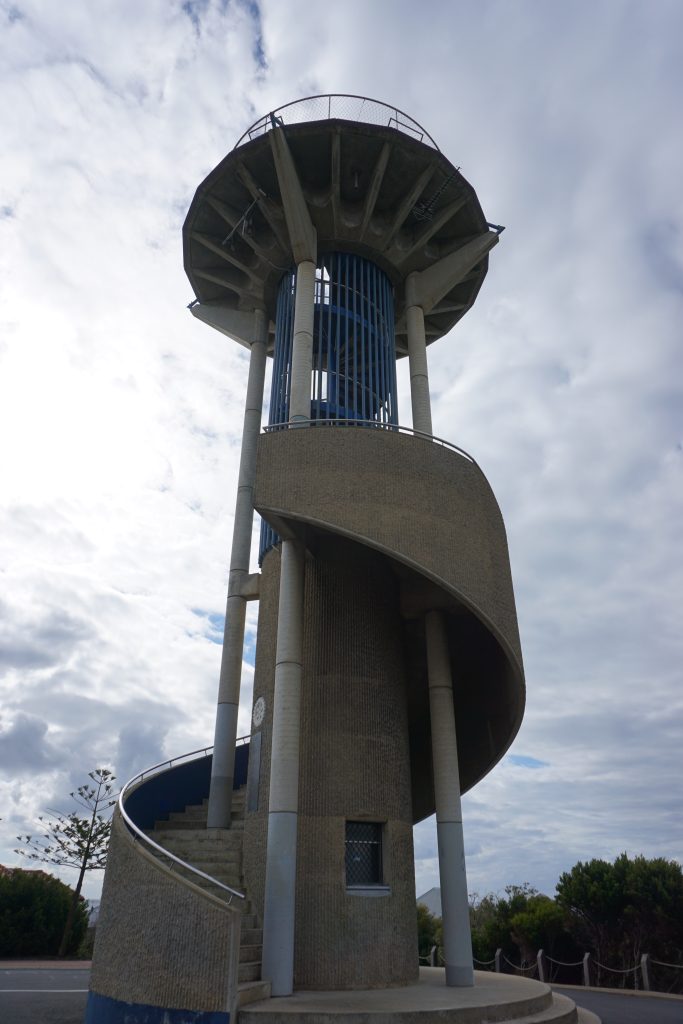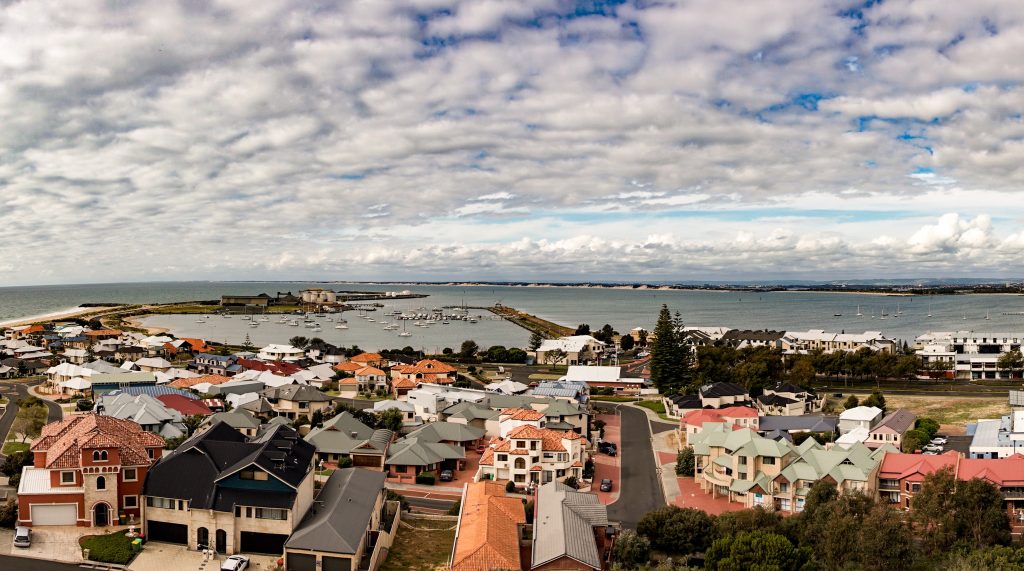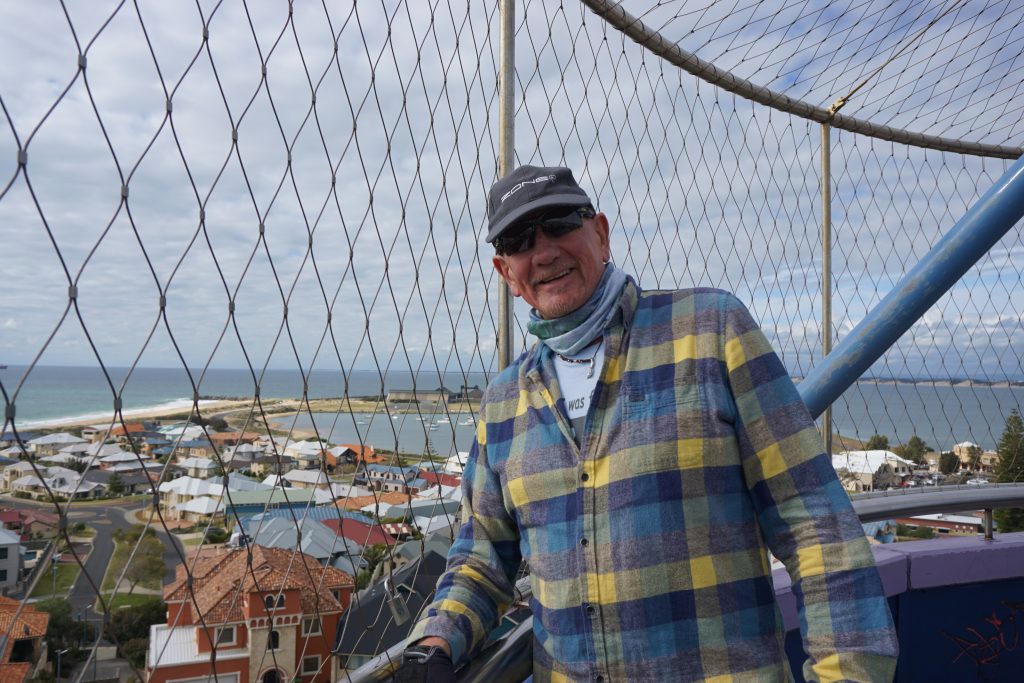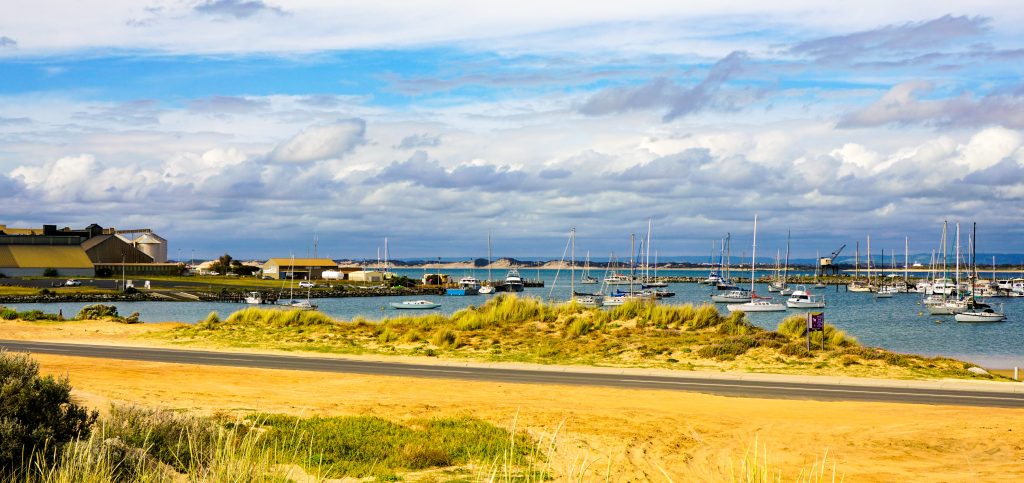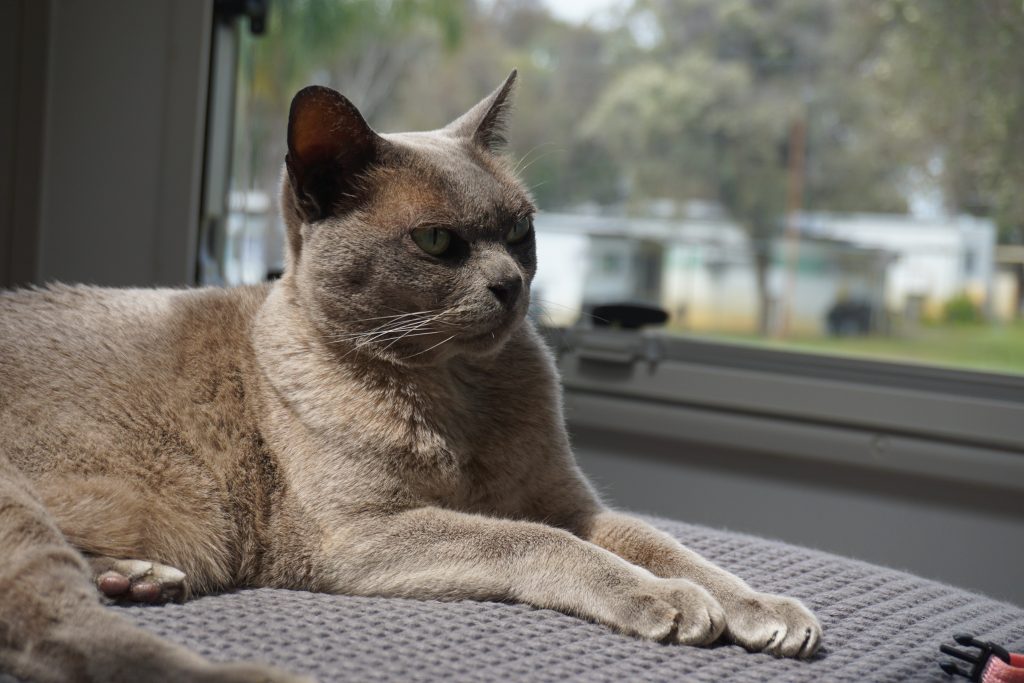Author: Mrs A
Location: Streaky Bay
Distance walked: 4km
Distance cycled: 7km
We finished our final veal, cranberry and chestnut sausages from the Margaret River region, served with eggs in a herb focaccia. Not too bad for Sunday morning breakfast, cooked up by chef Mr A on the Baby Q – delicious!
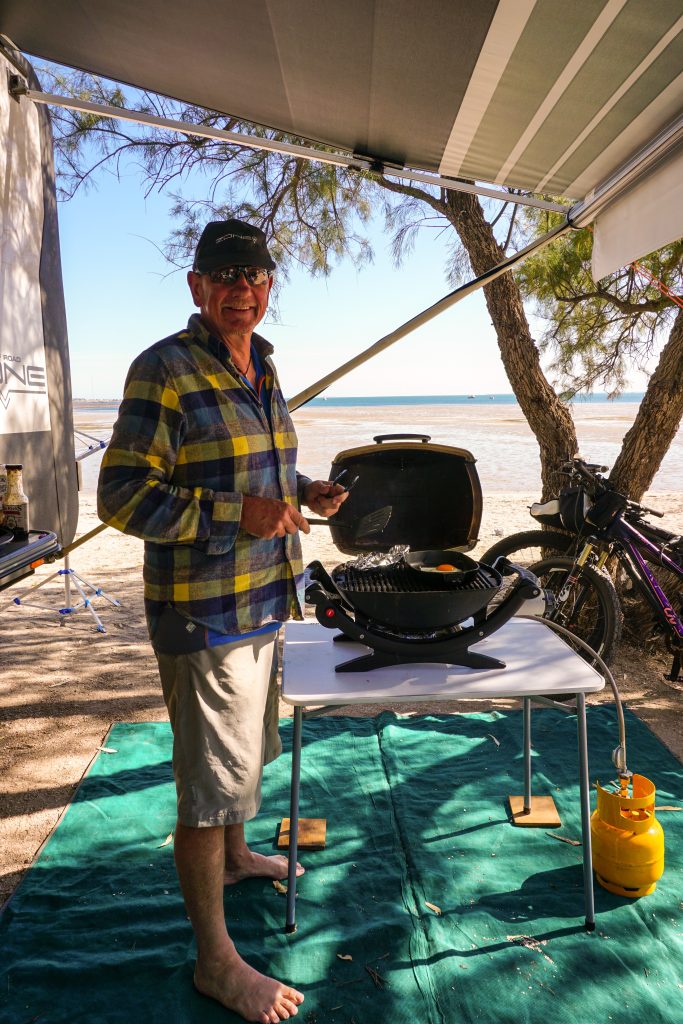
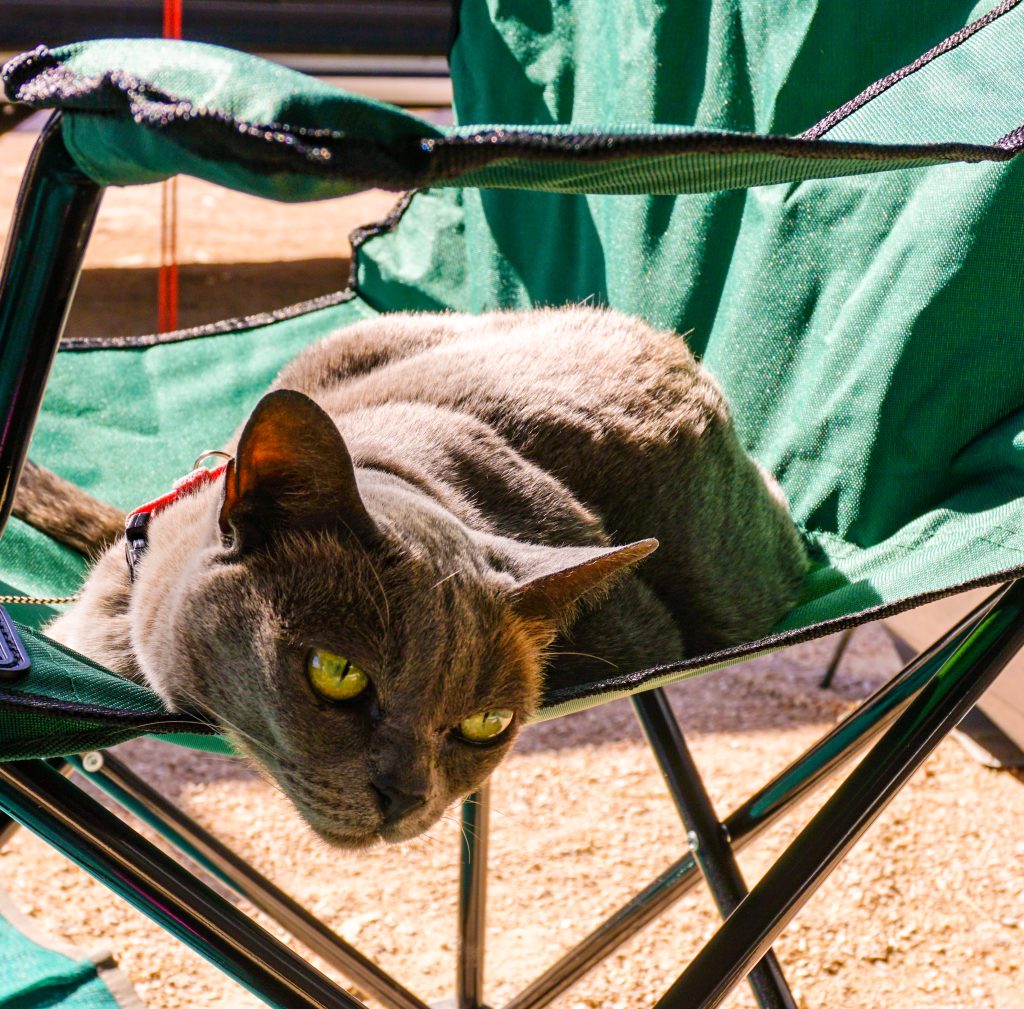
*
After breakfast we jumped in the car for a tour of the nearby Cape Bauer – an uninhabited headland jutting out in to the Southern Ocean. We’d heard it was an important breeding ground for the Southern Osprey, White Breasted Sea Eagle and Peregrine Falcon, so were keen to try and spot those.
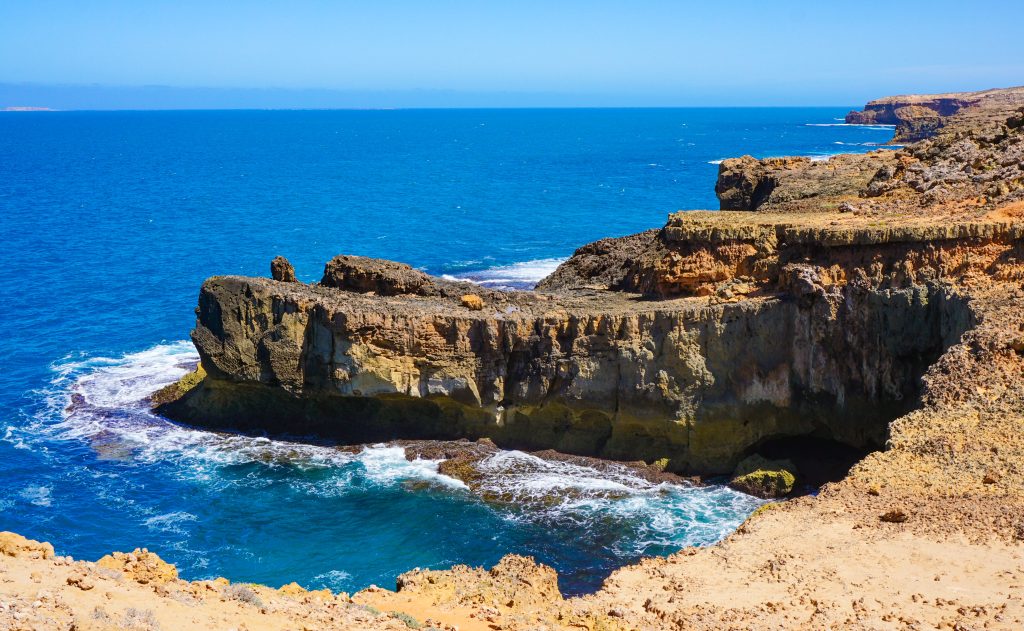
The wind was strong and chilly off the ocean, but we were rewarded with fabulous views of the rugged coastline. Apparently this area is frequented by endangered sea lions as well, but we couldn’t spot any from the lookouts.
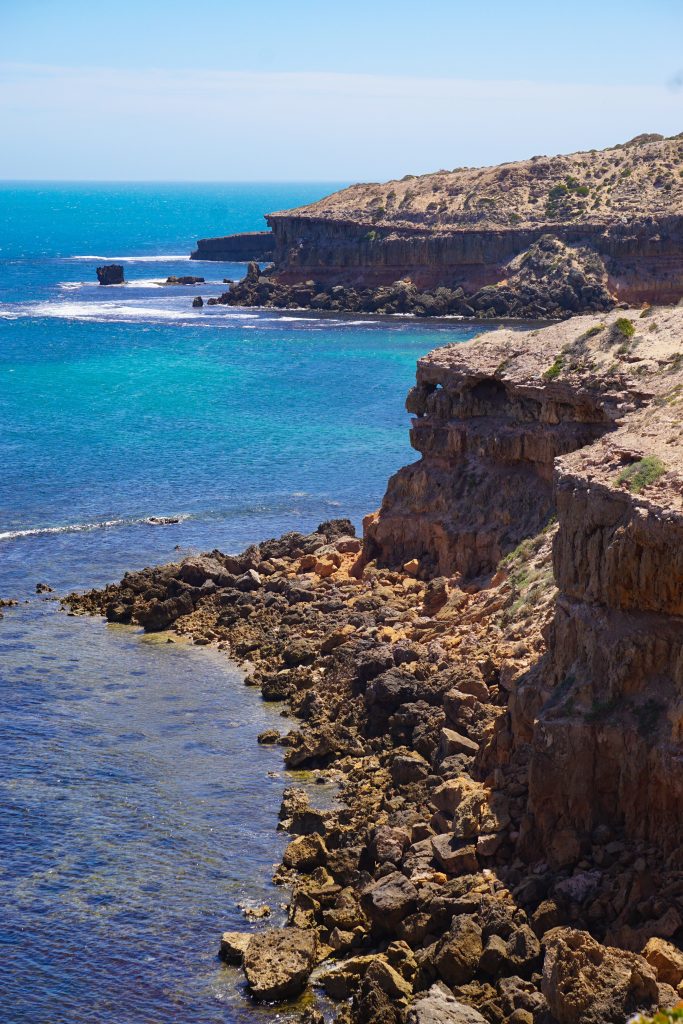
We did see a kestrel however, as it managed to maintain a hover over the sand dunes before diving down to catch its breakfast. How it managed to stay so stationary in the strong wind, I will never know, but they are incredibly skilled.
The photo below shows a sea stack – right on top of this (seen through binoculars) was a White Breasted Sea Eagle nesting – the female sitting on her nest, the male nowhere to be seen. We failed to see any Pereguine Falcons but two out of three isn’t too bad.
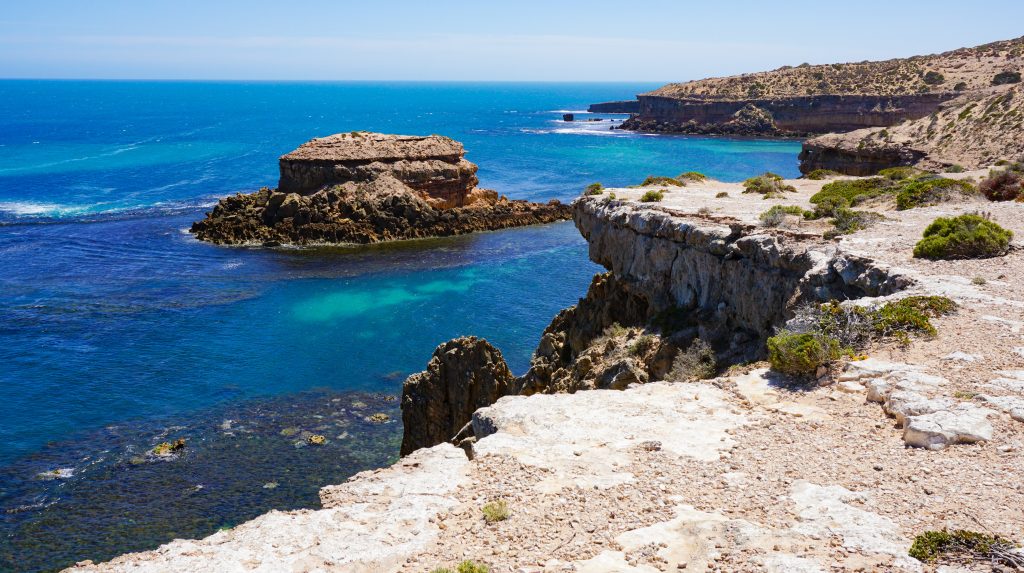
We returned to Streaky Bay via a car wash (shining again now!) and woke Tassie up for an explore.
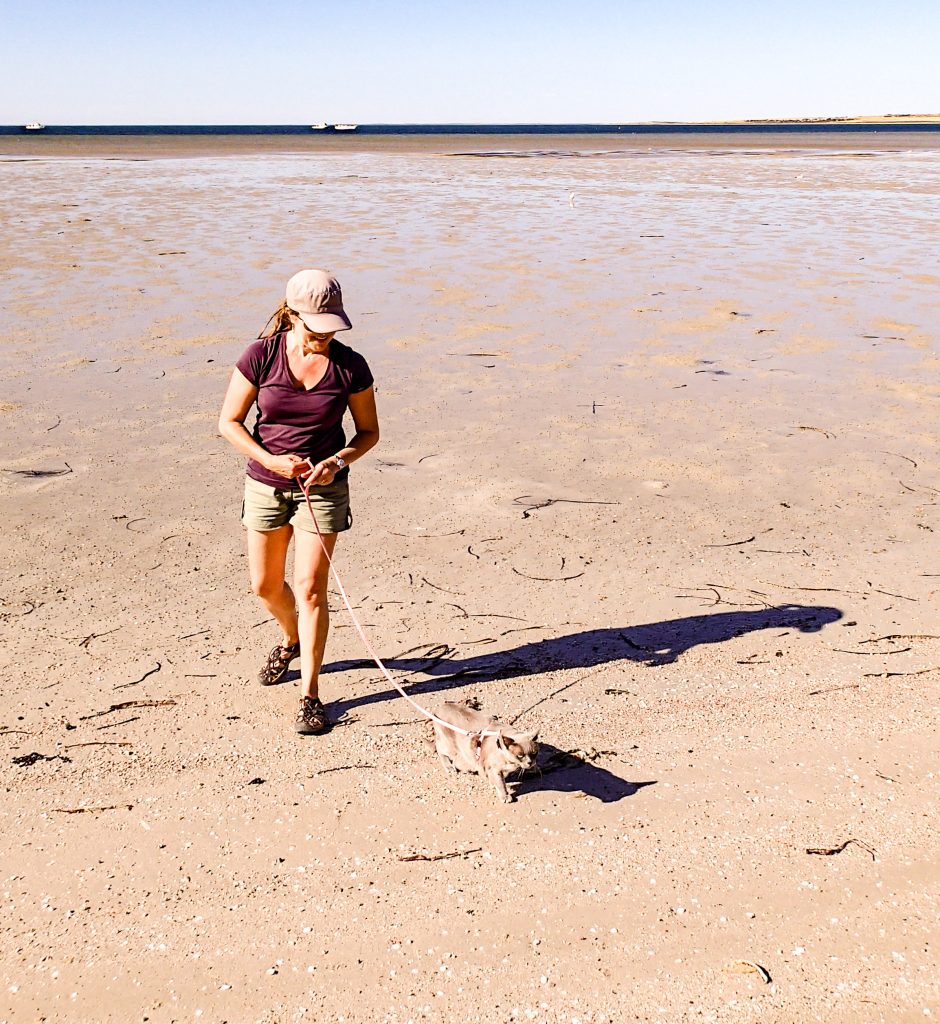
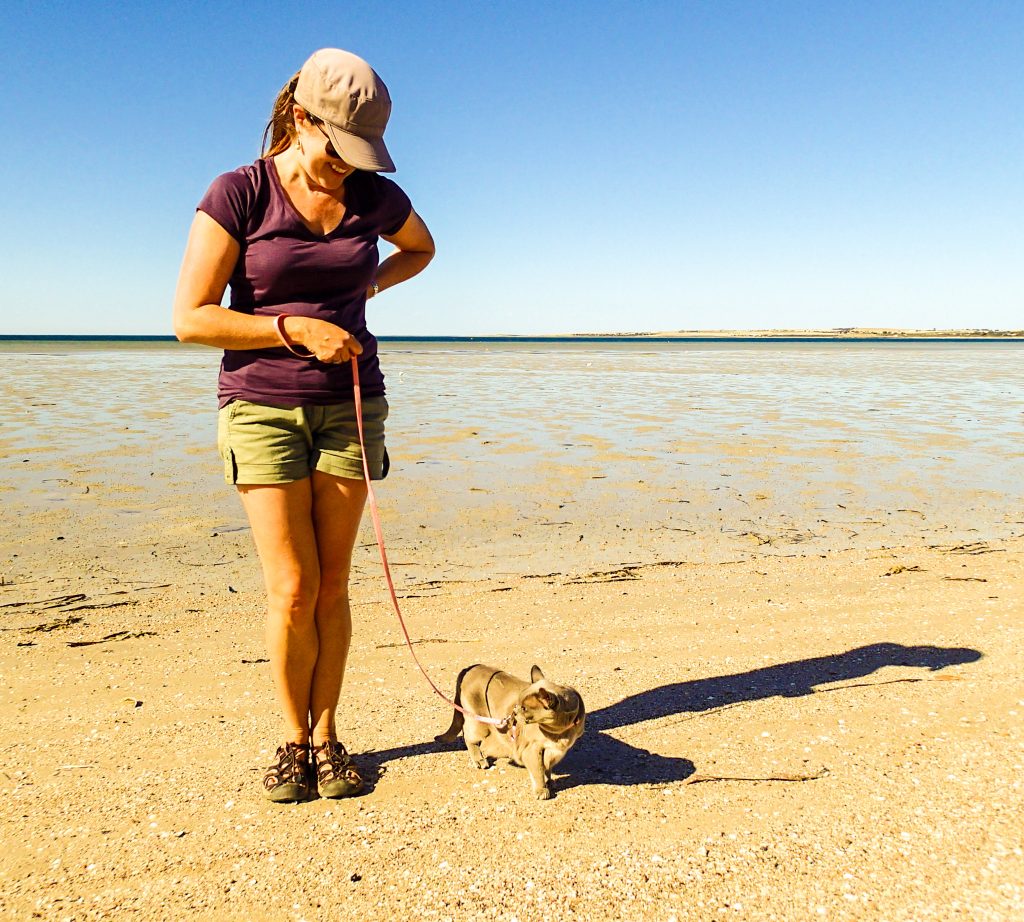
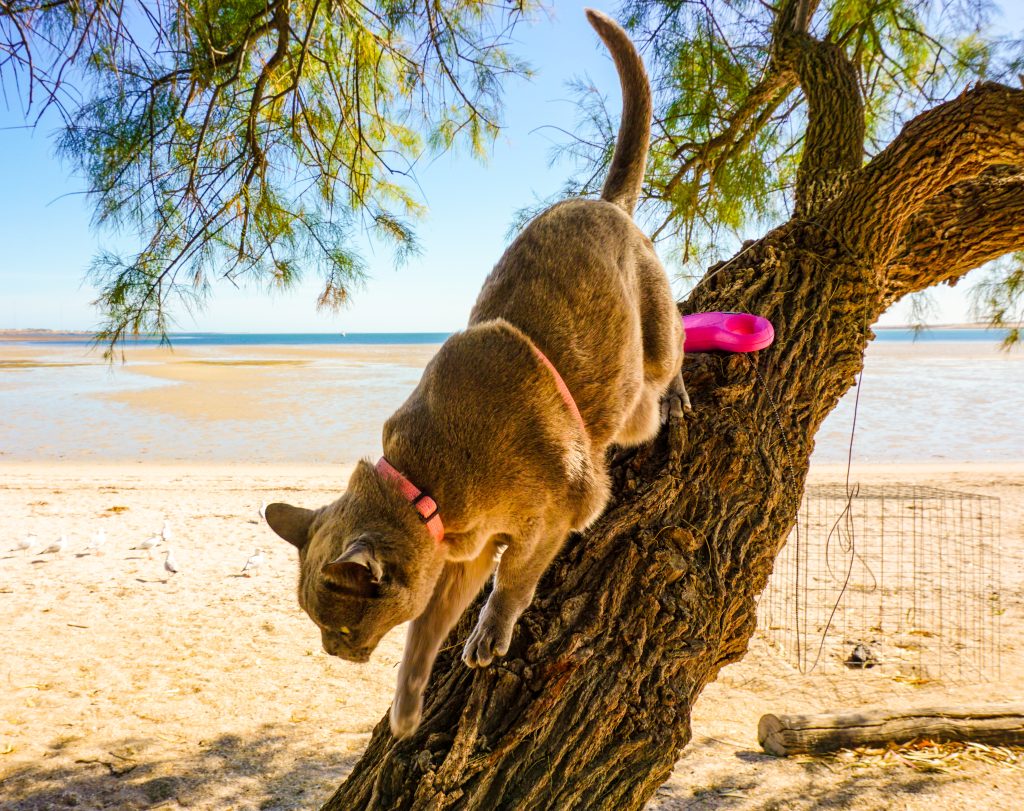
As the afternoon passed we decided we ought to do a little more exploring ourselves, so jumped on our bikes. By now the wind had reached strong levels at Streaky Bay as well, so it was a little challenging at times to cycle in a straight line. We checked out the jetty as we had heard there were often dolphins fishing around there in the afternoon. Not today though – hold on to your hats!
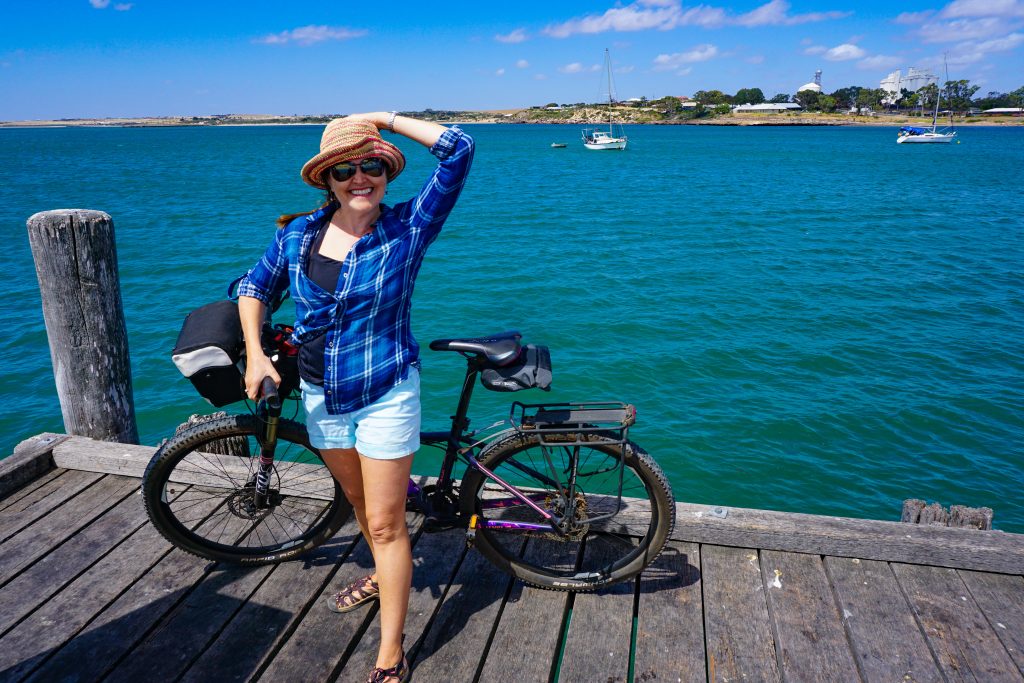
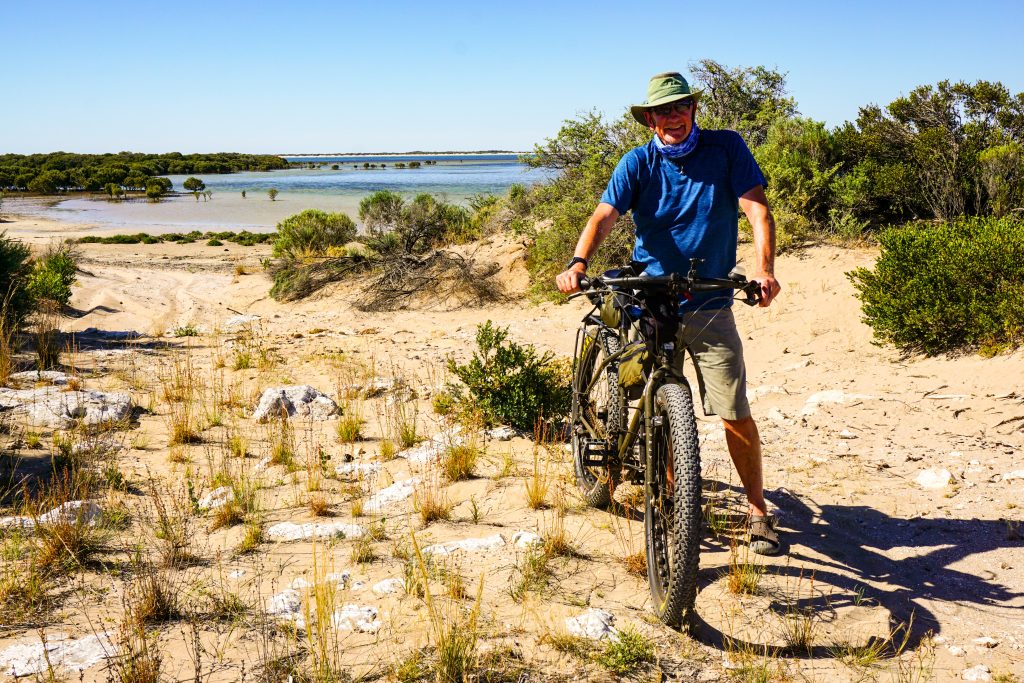
Our Sunday concluded with the cooking of one of Mr A’s old favourites – Shepherd’s Pie, accompanied by the best part of a delicious Brash Vineyard Cabernet Sauvignon.
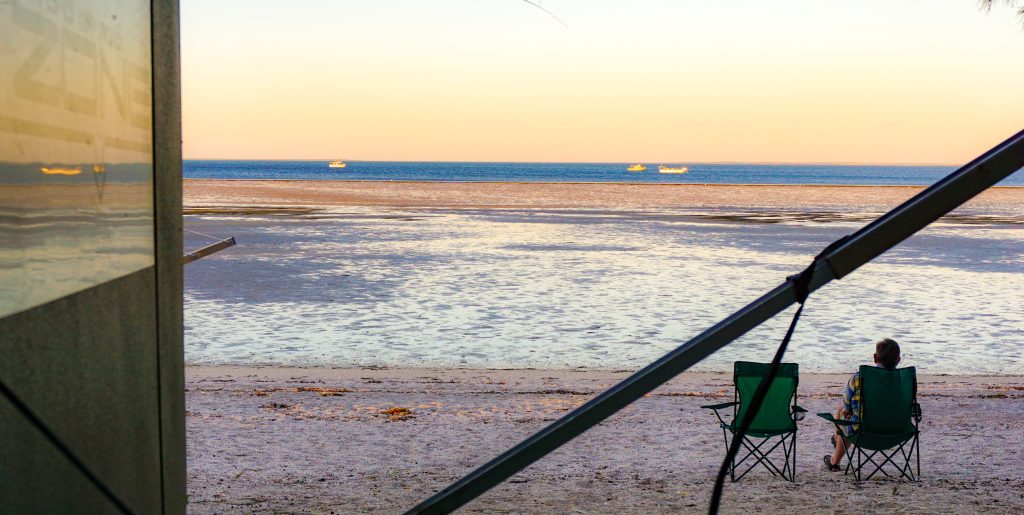
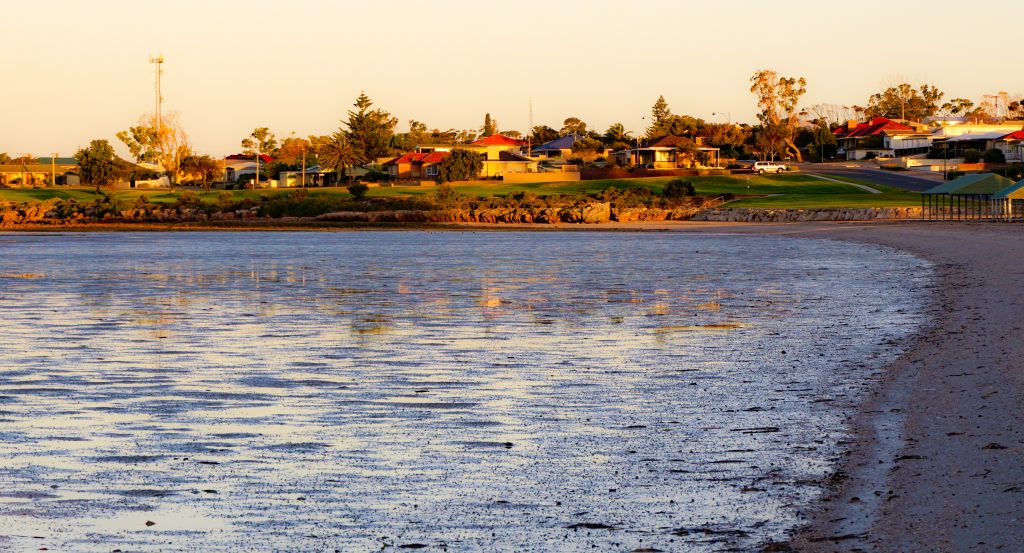
*

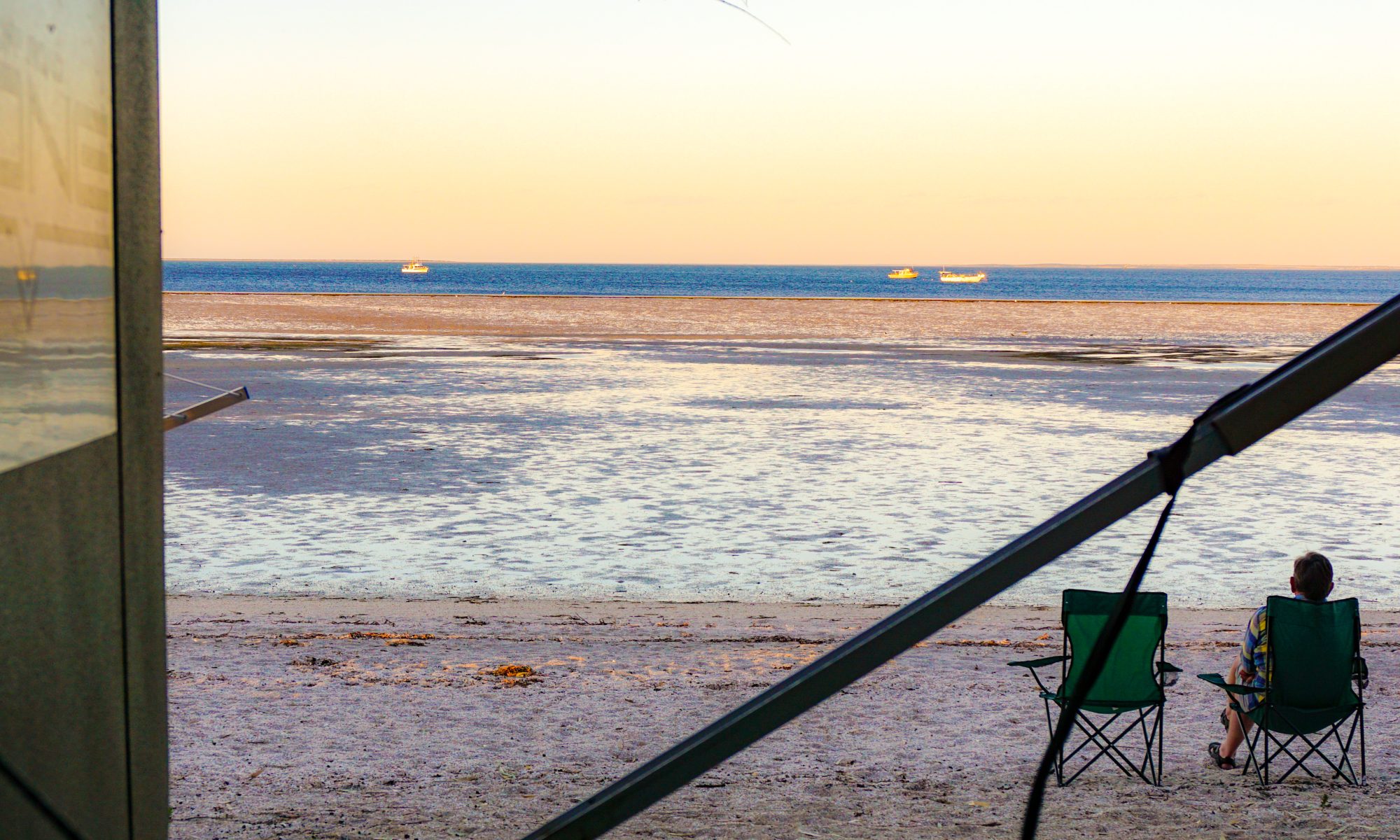
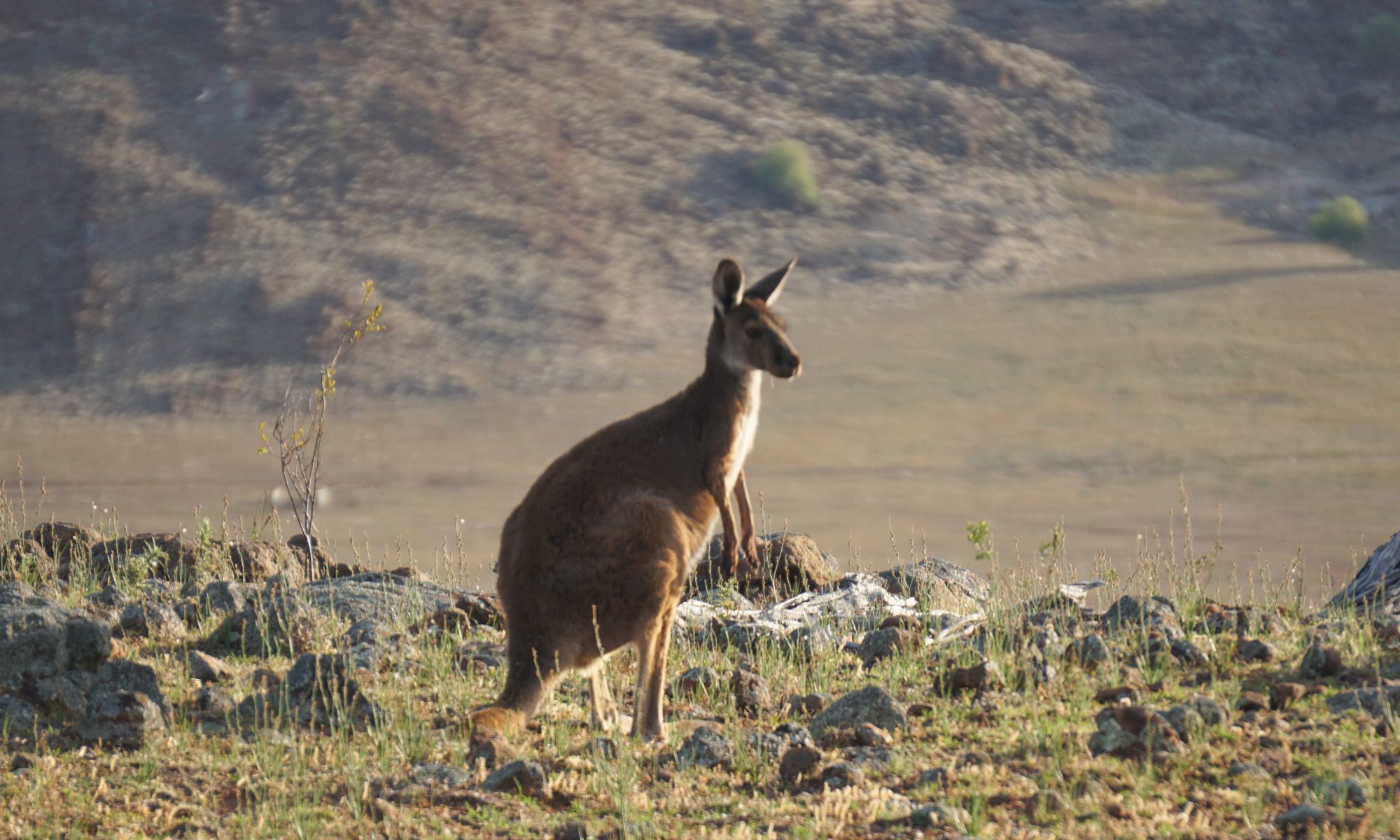
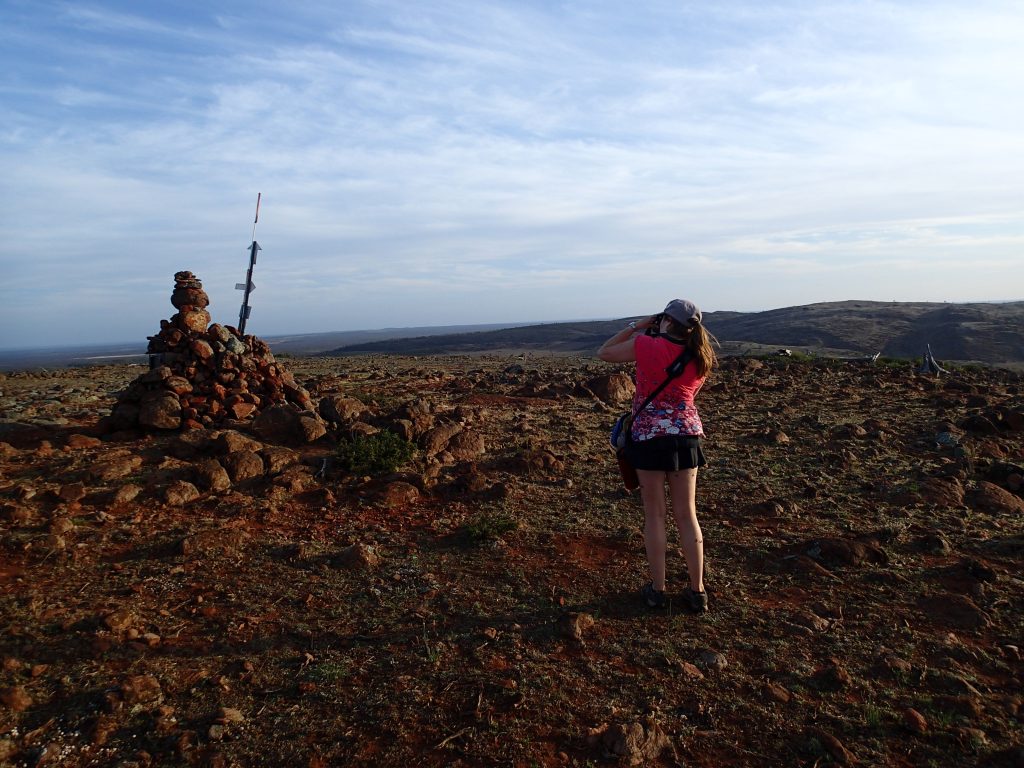
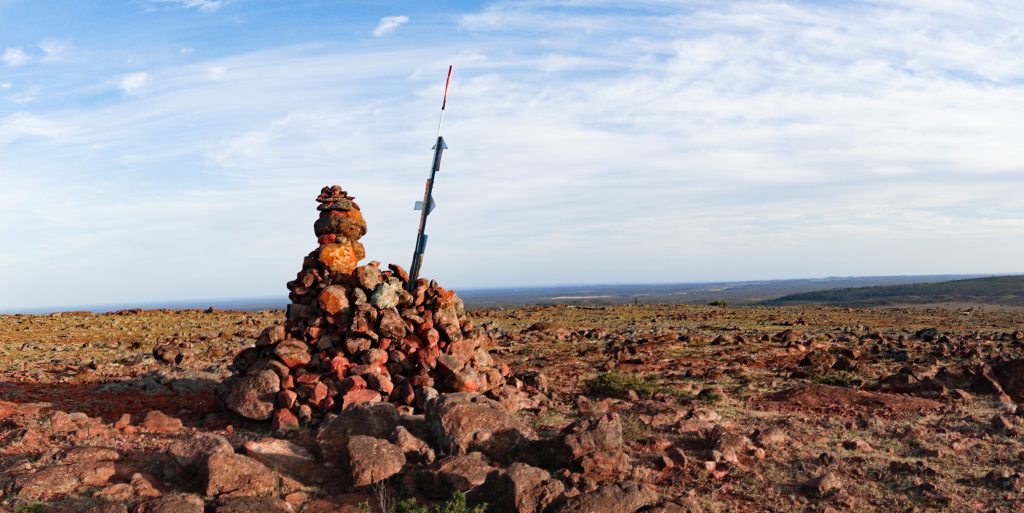
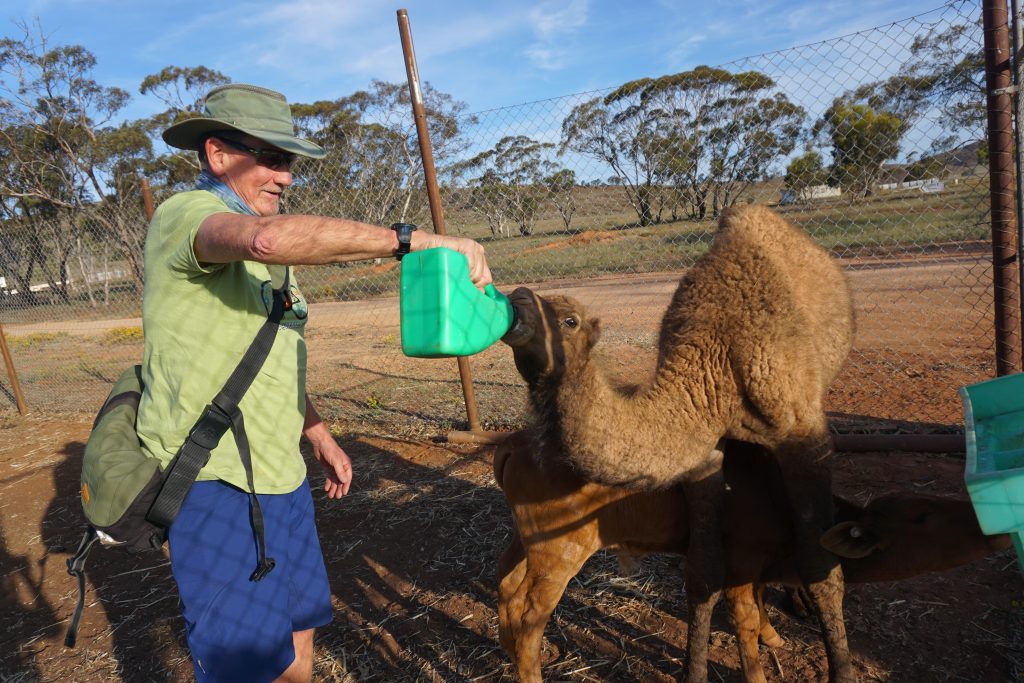
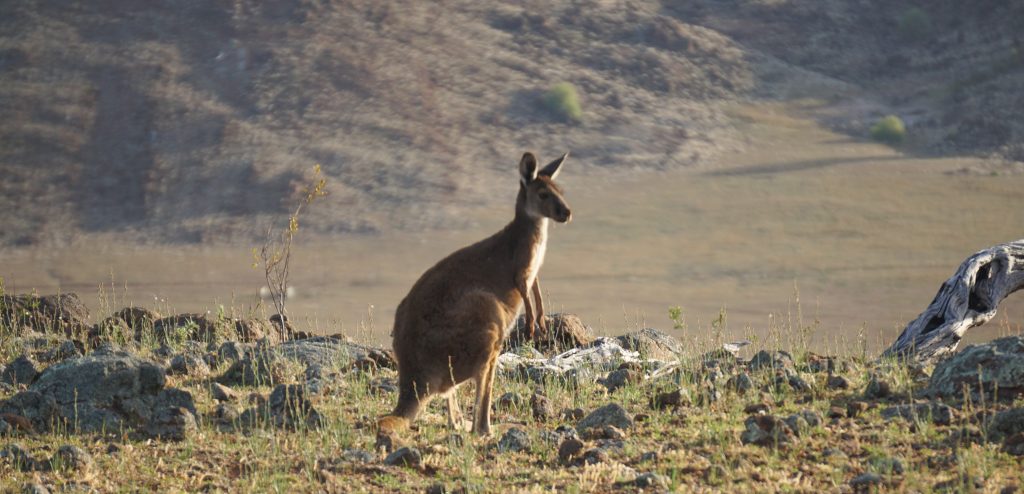
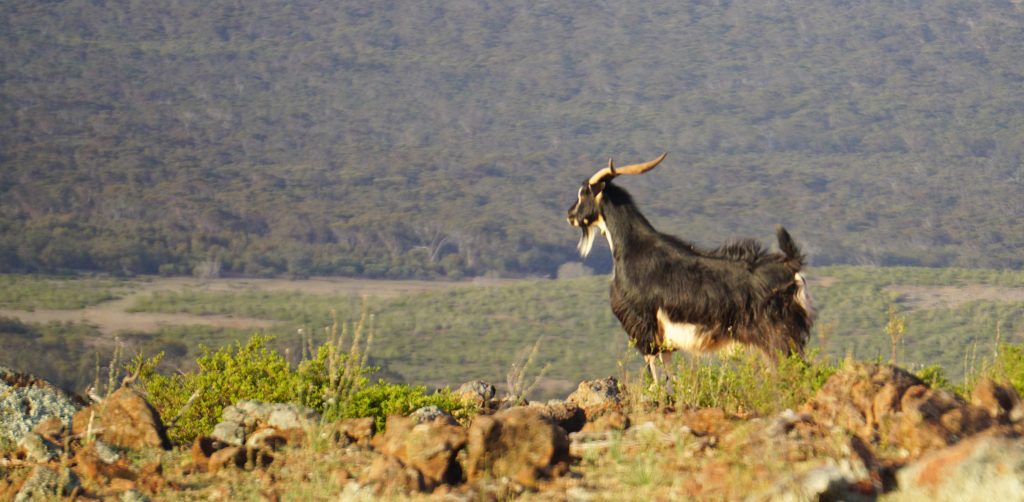
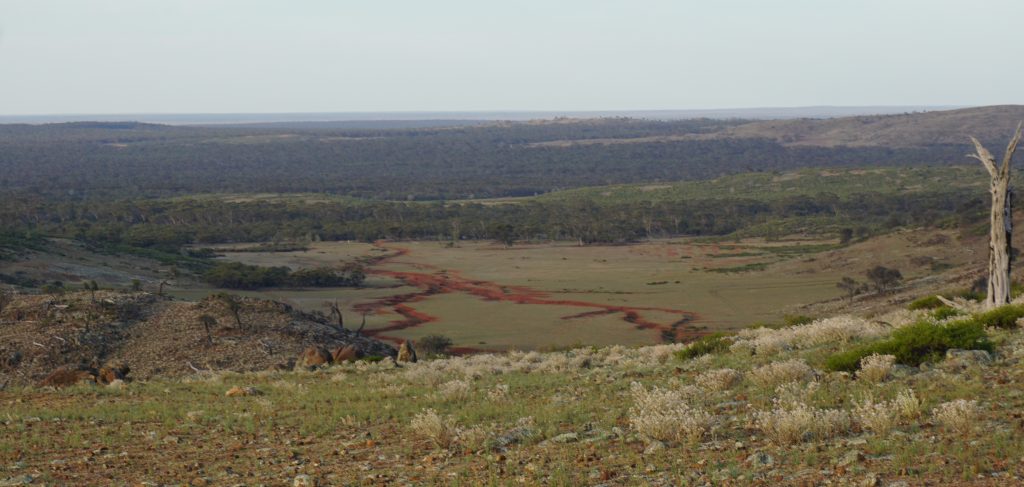
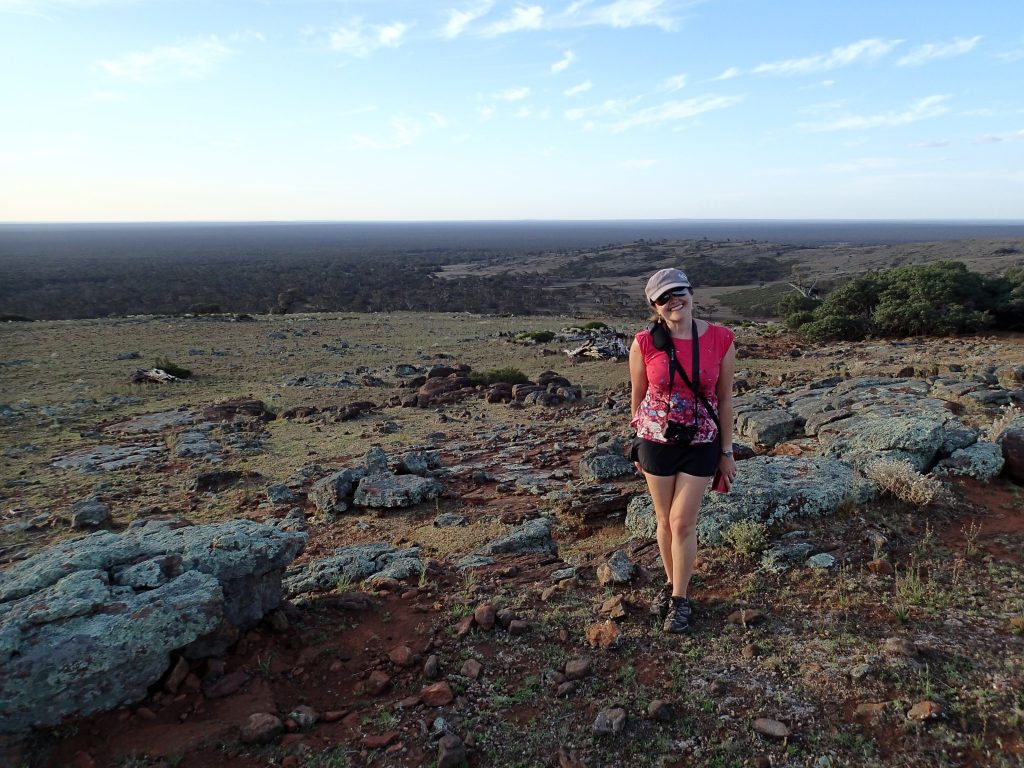
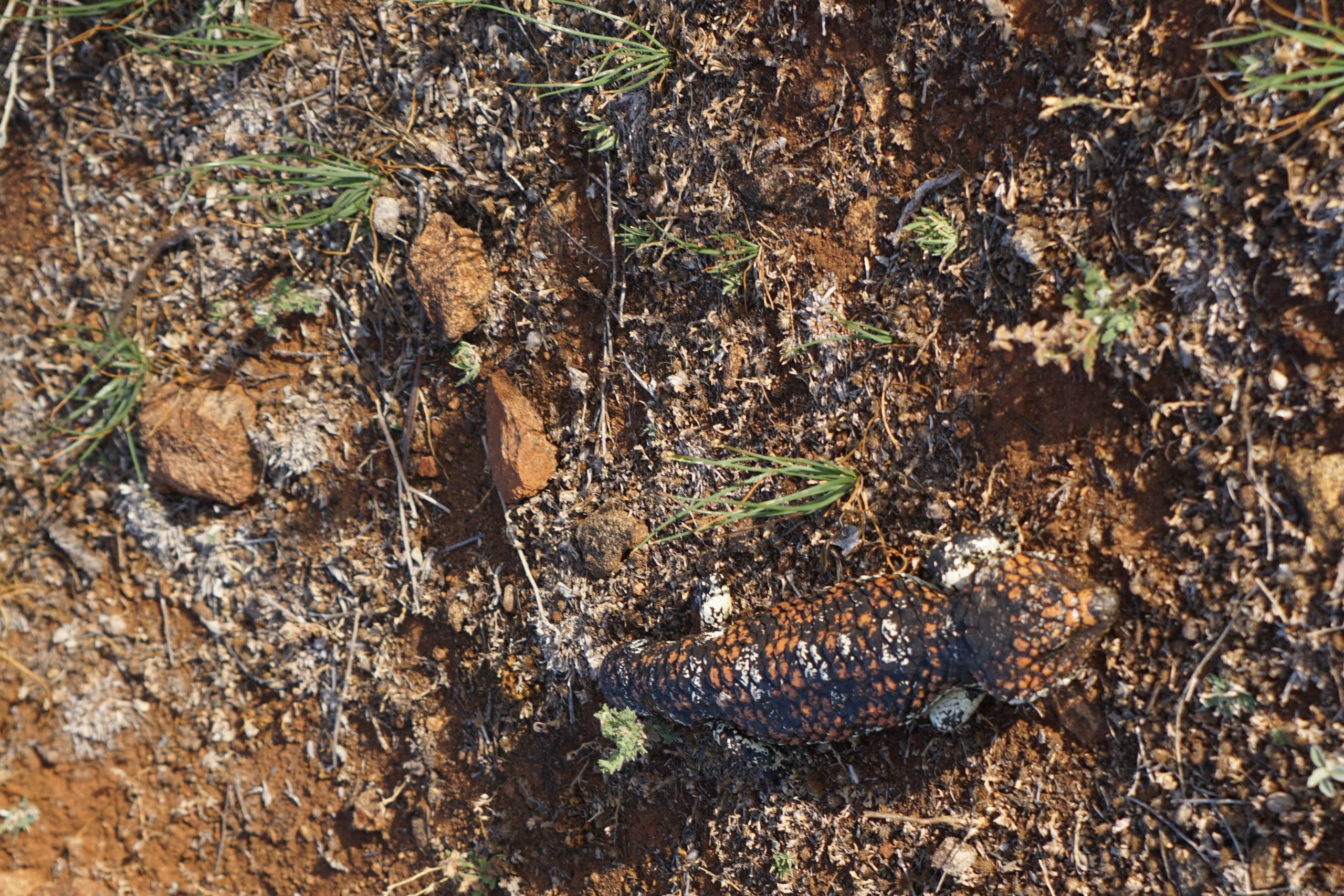
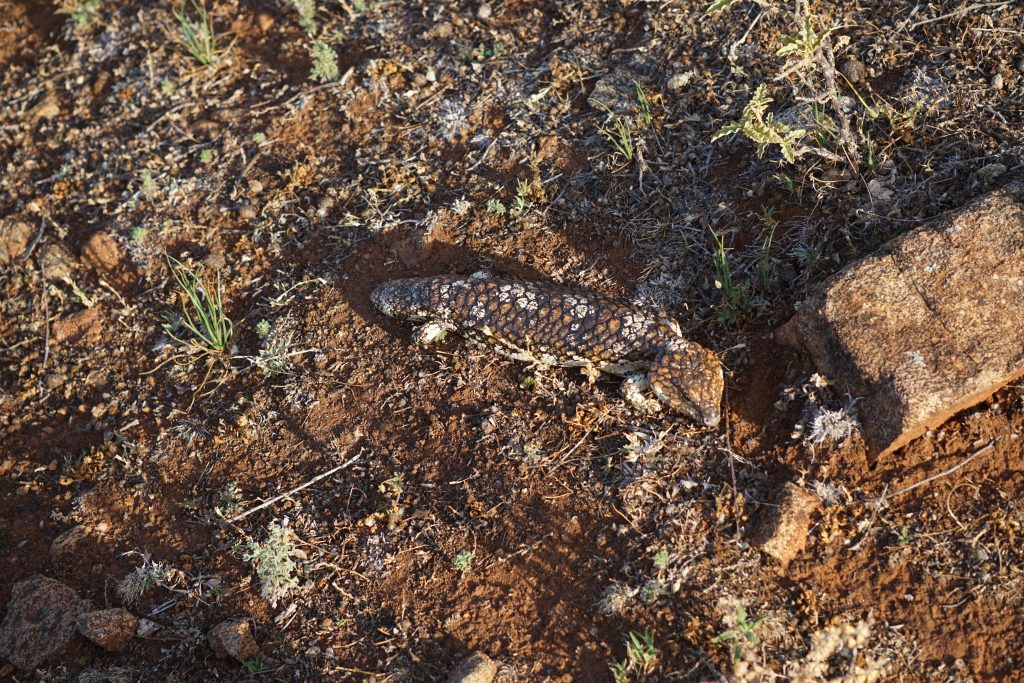
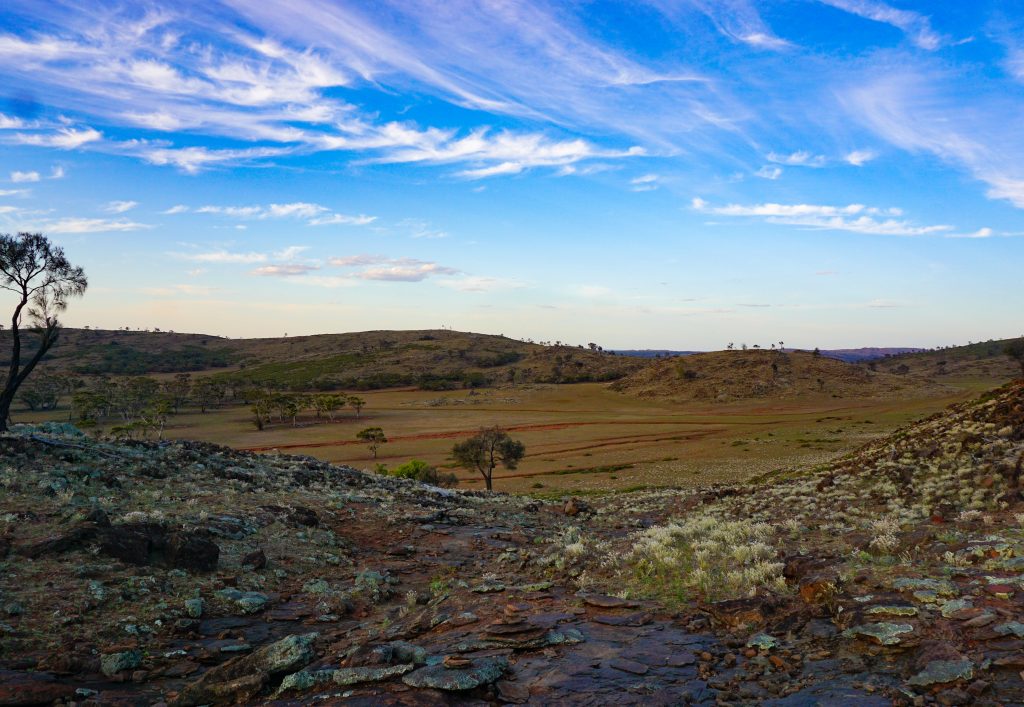
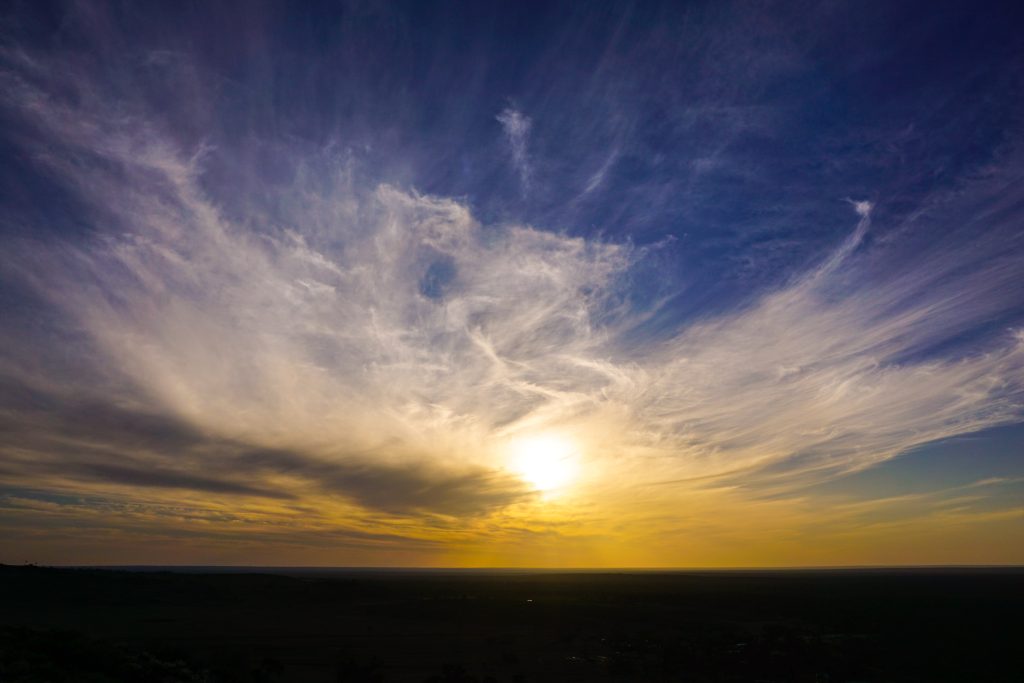
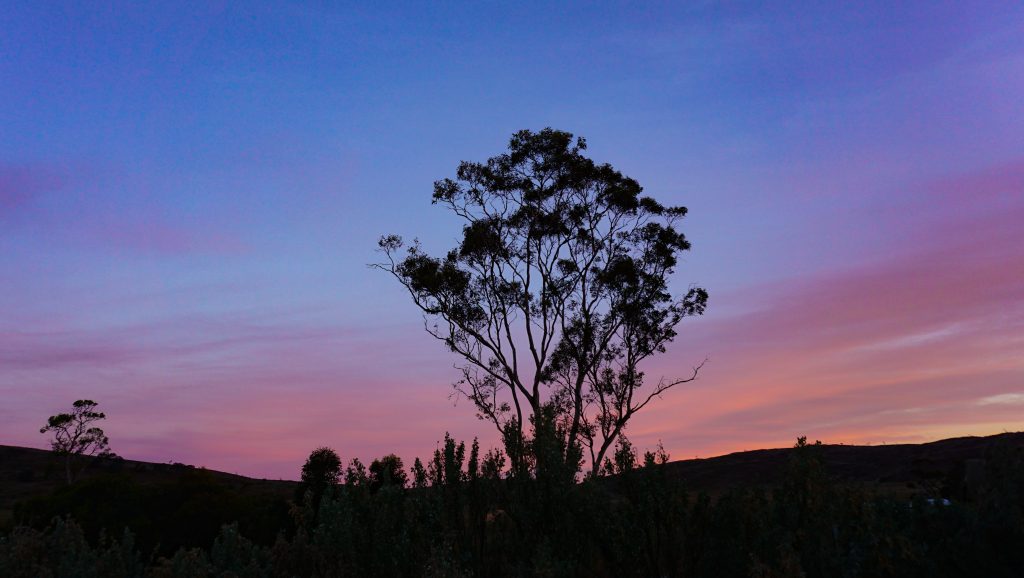
 With darkness the flies vanished, and we retired for dinner and a good night’s sleep…we hope.
With darkness the flies vanished, and we retired for dinner and a good night’s sleep…we hope.